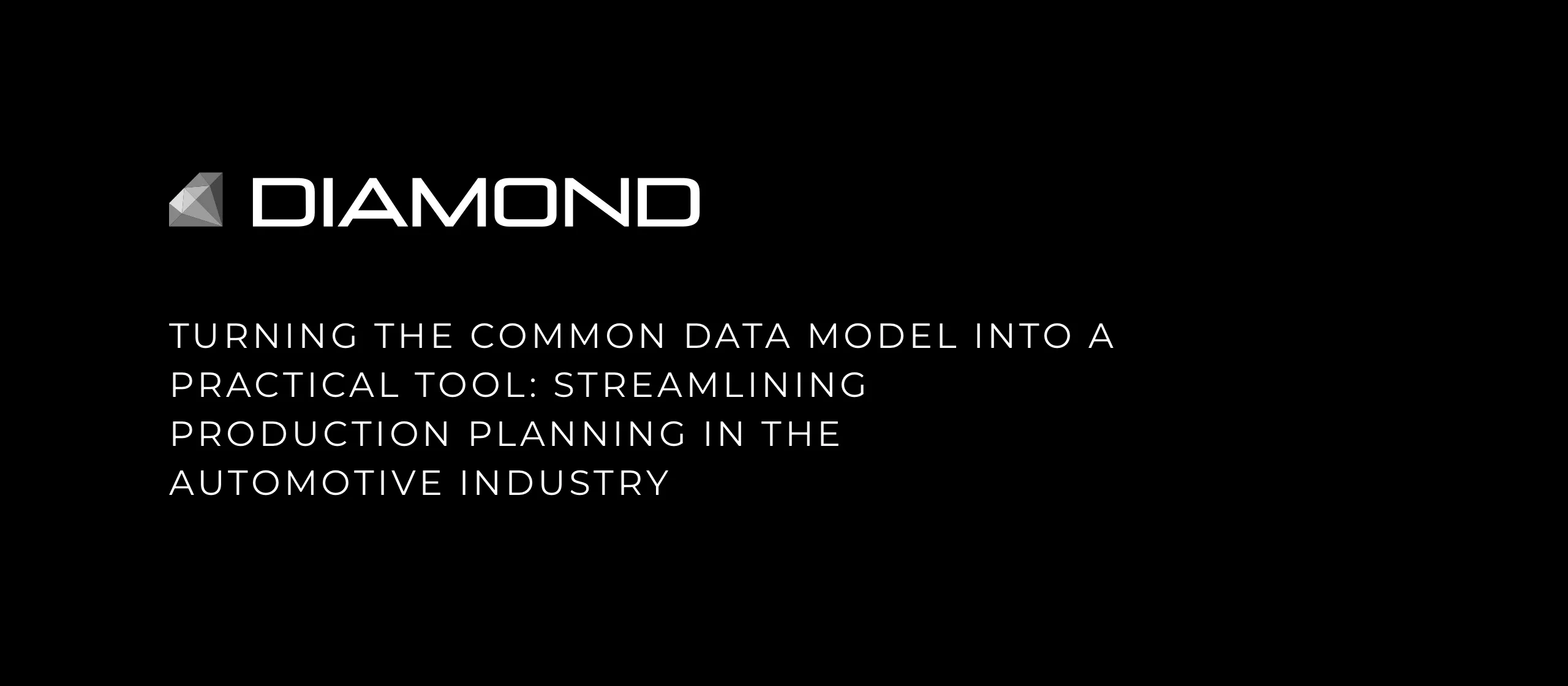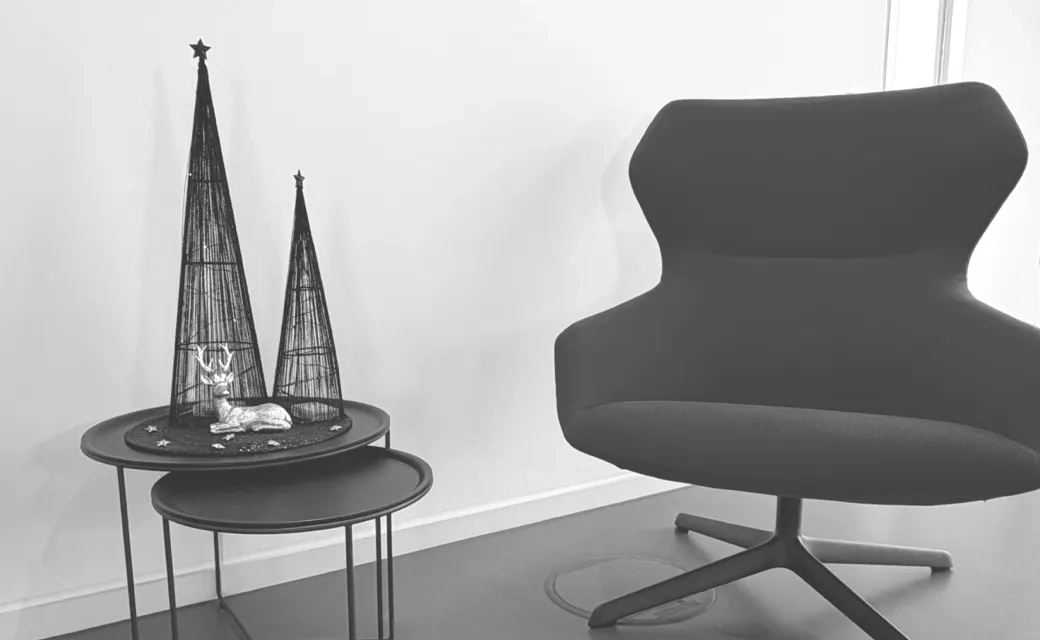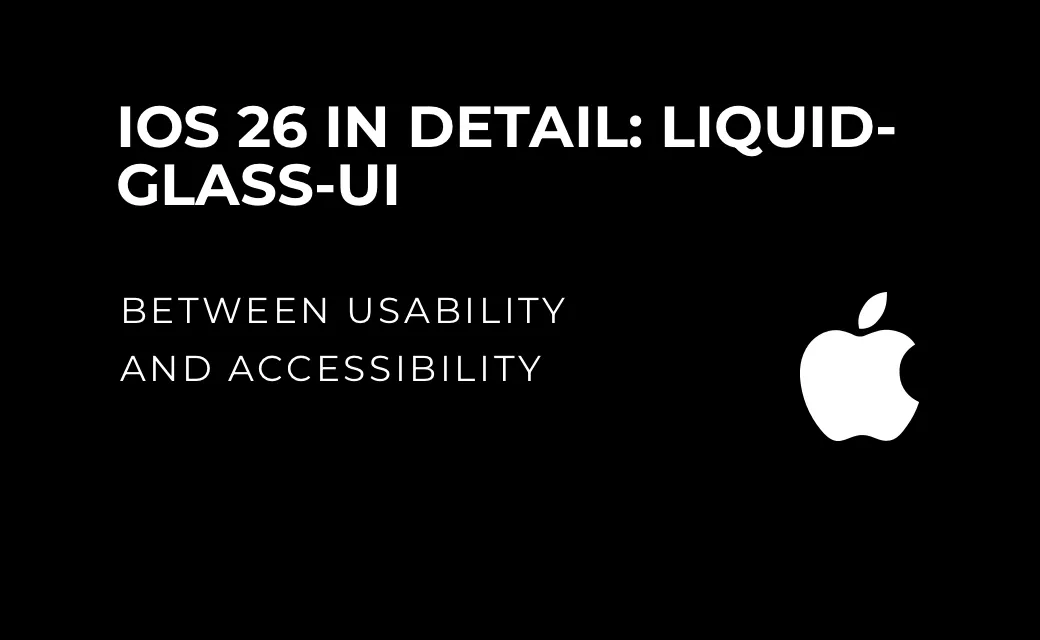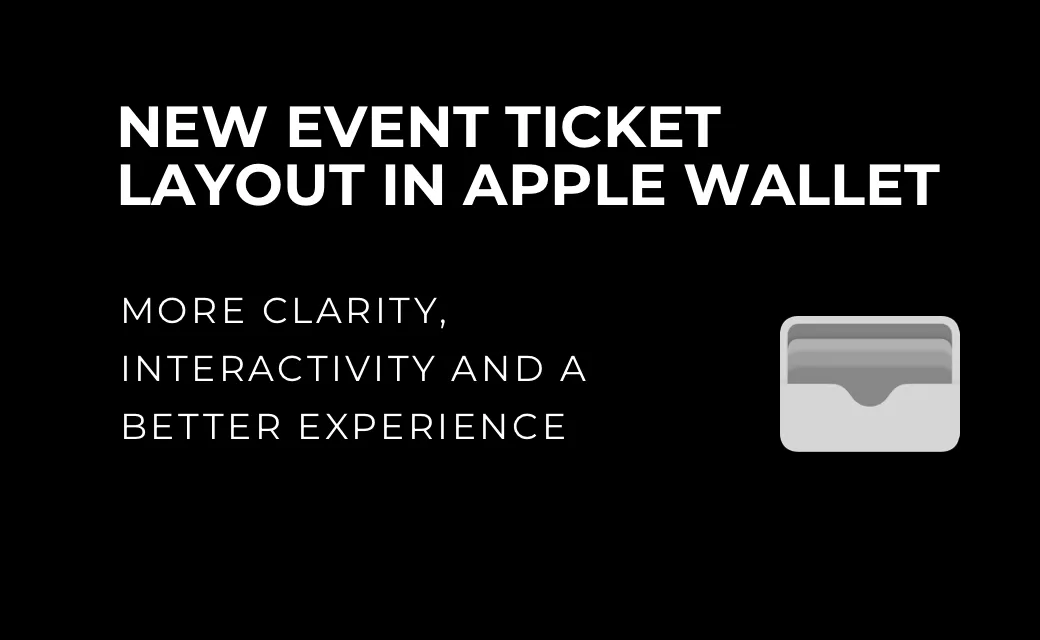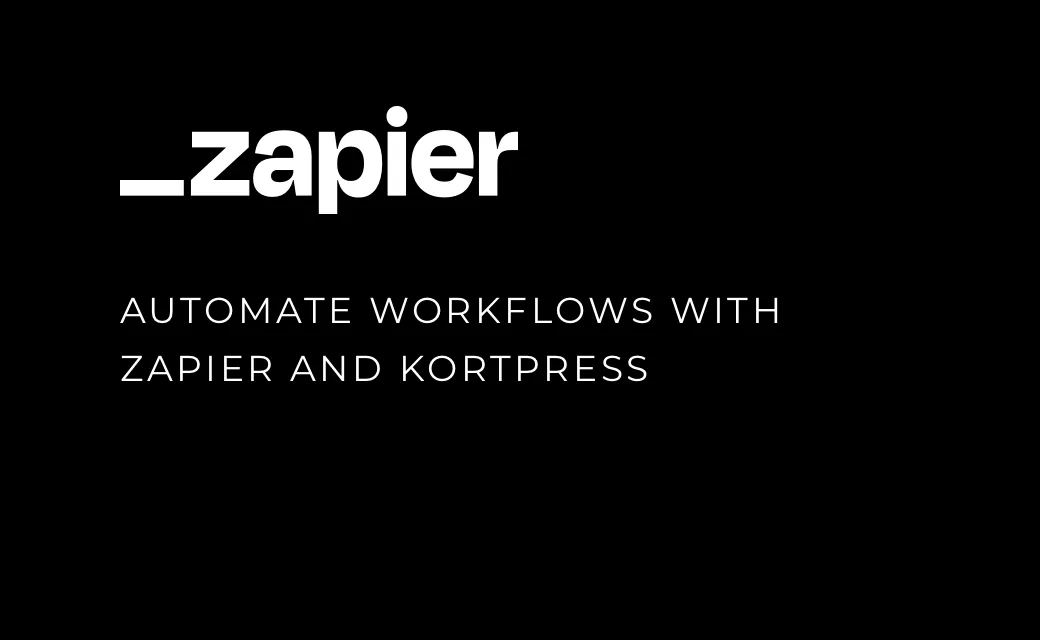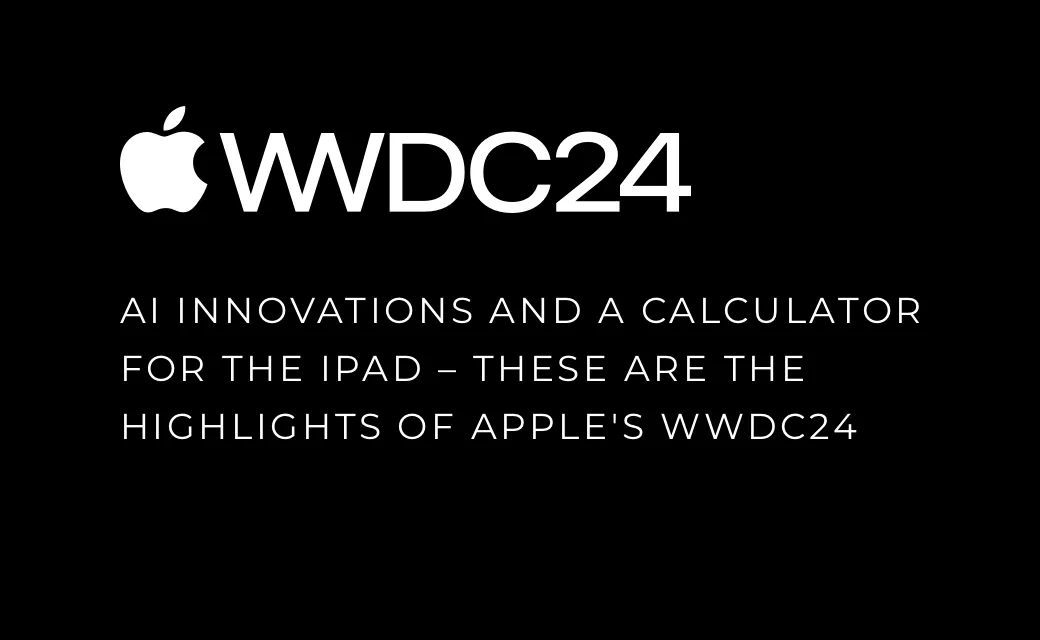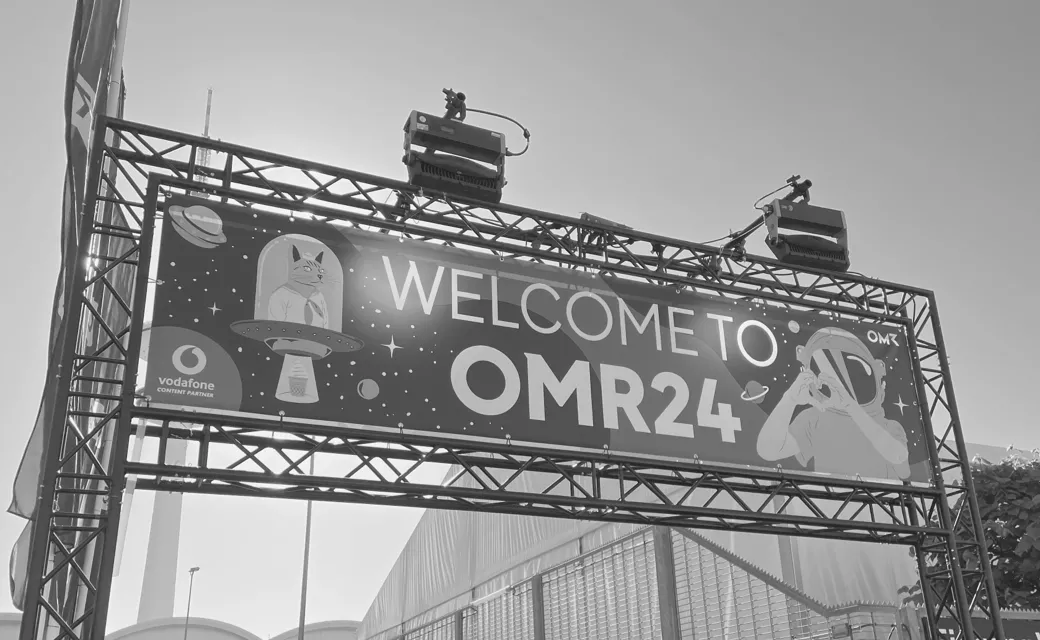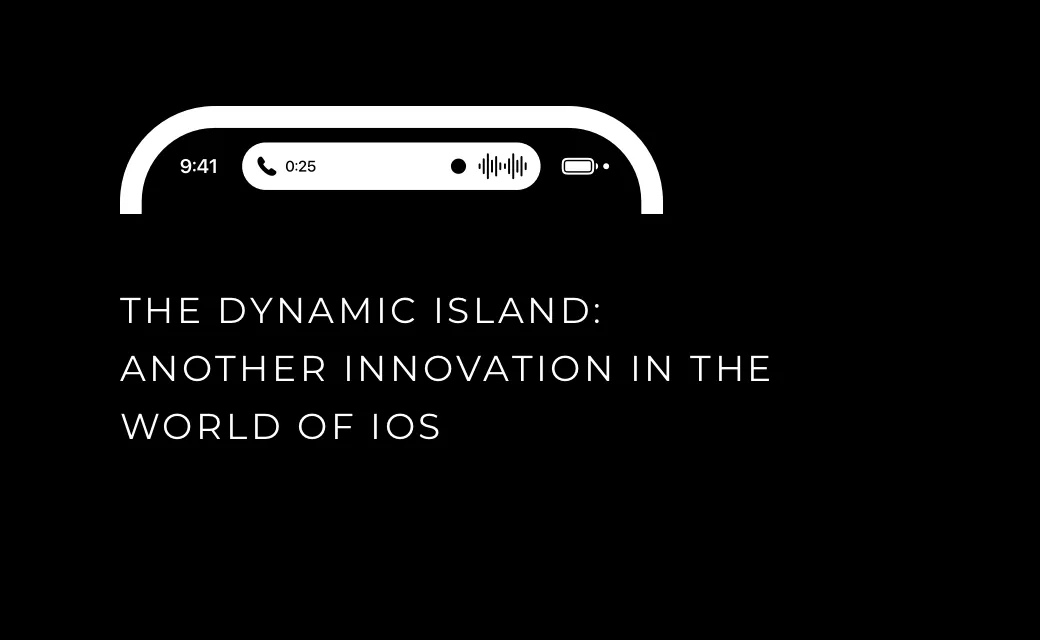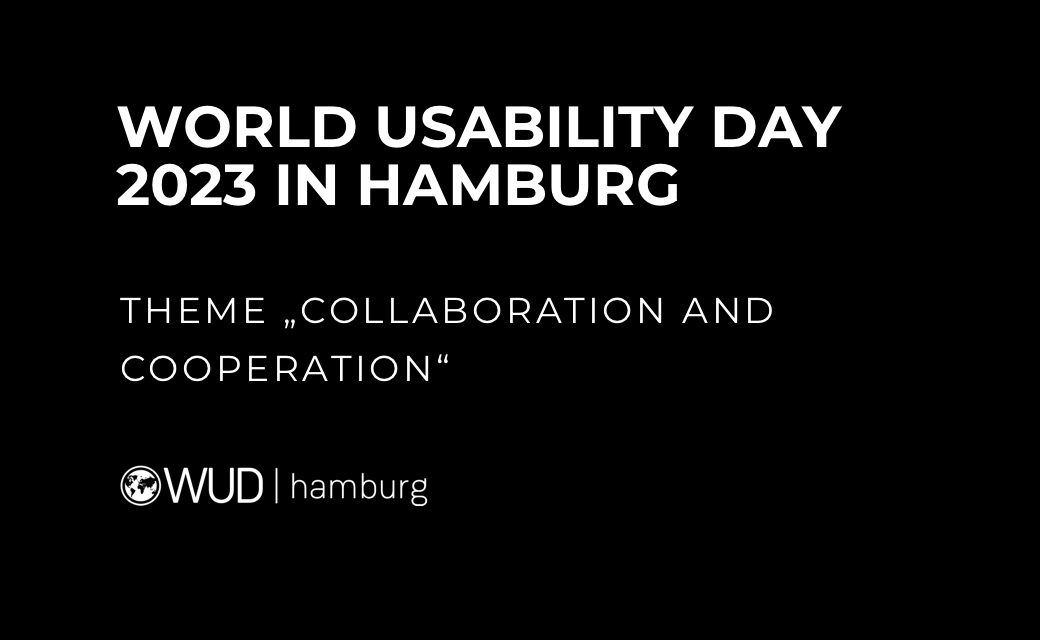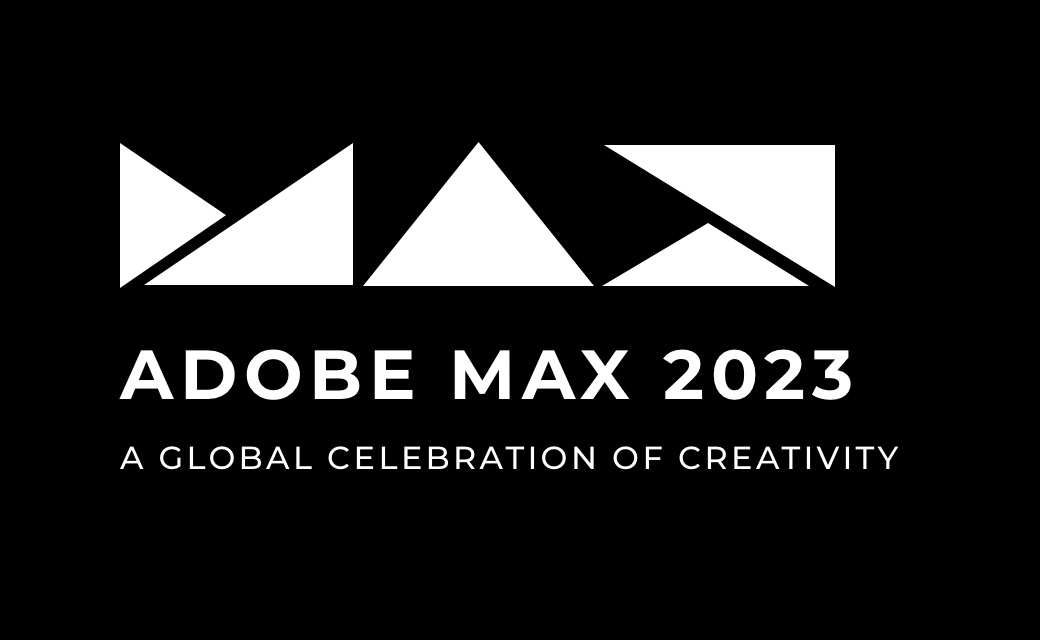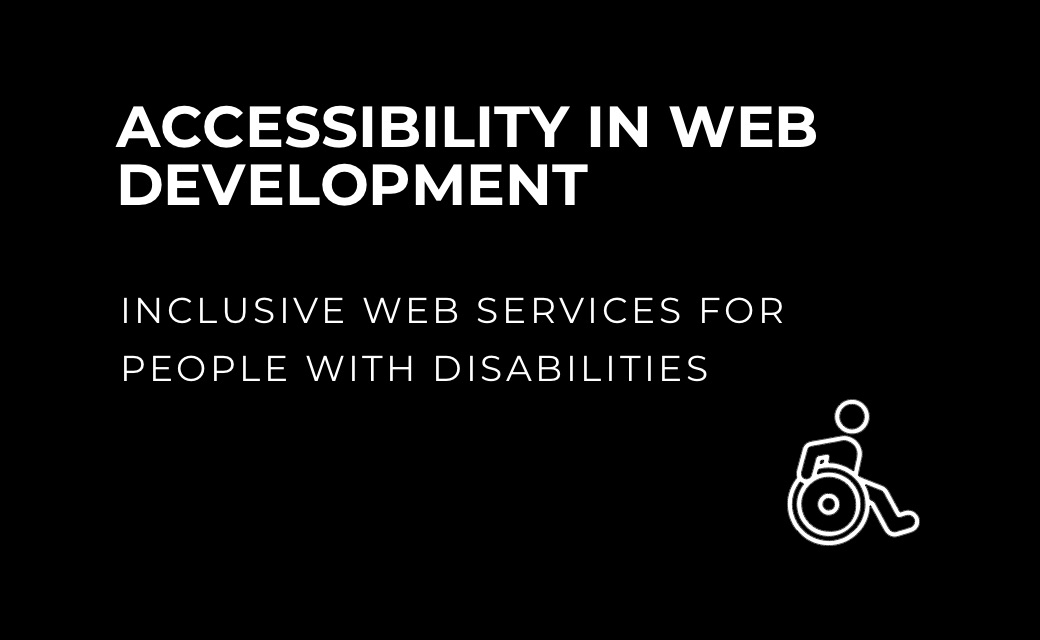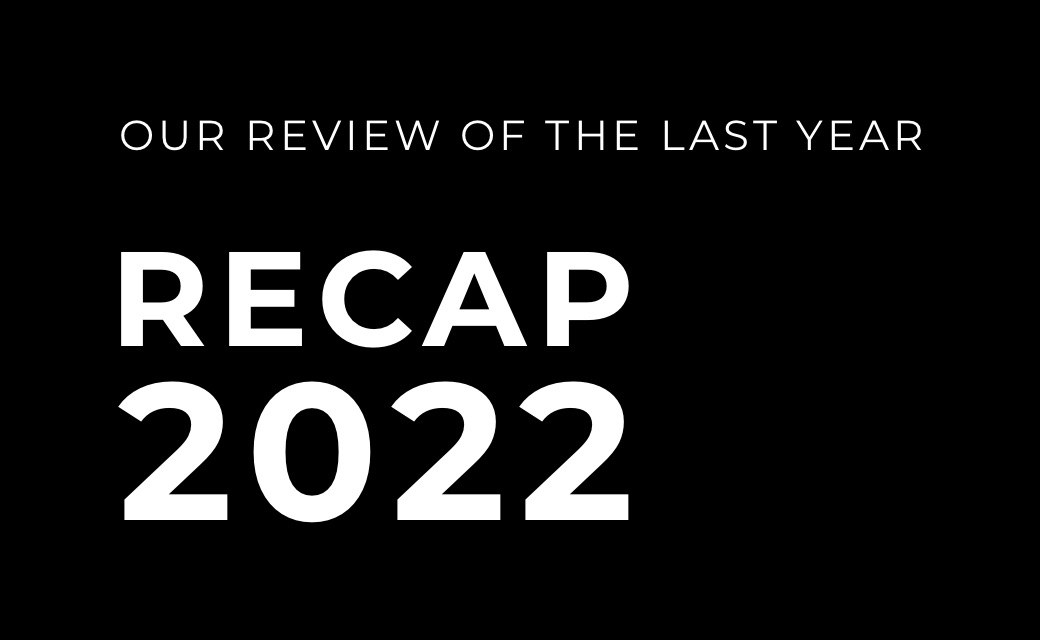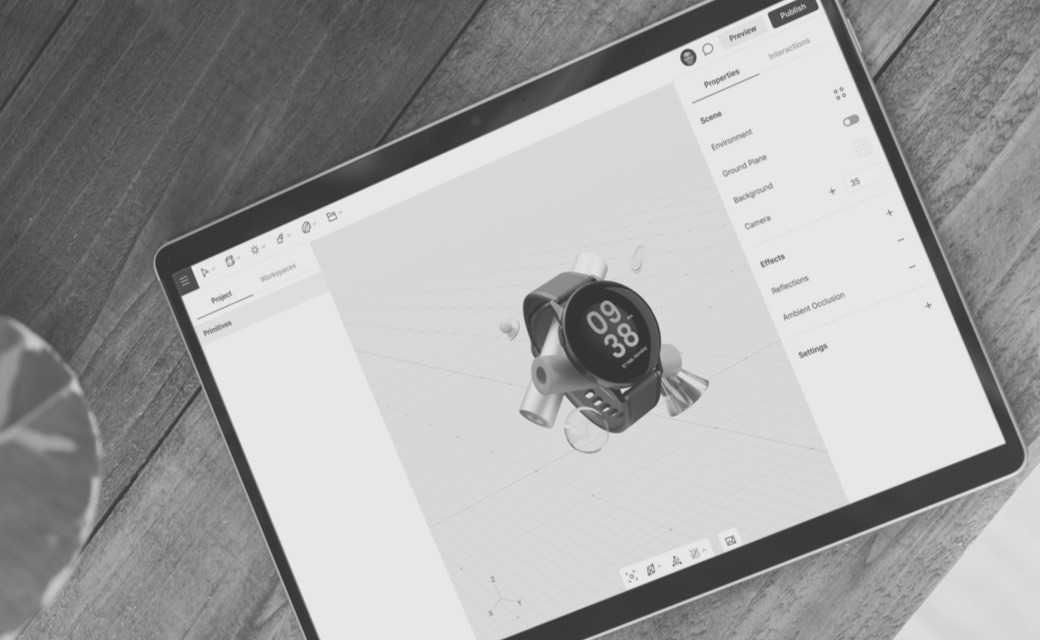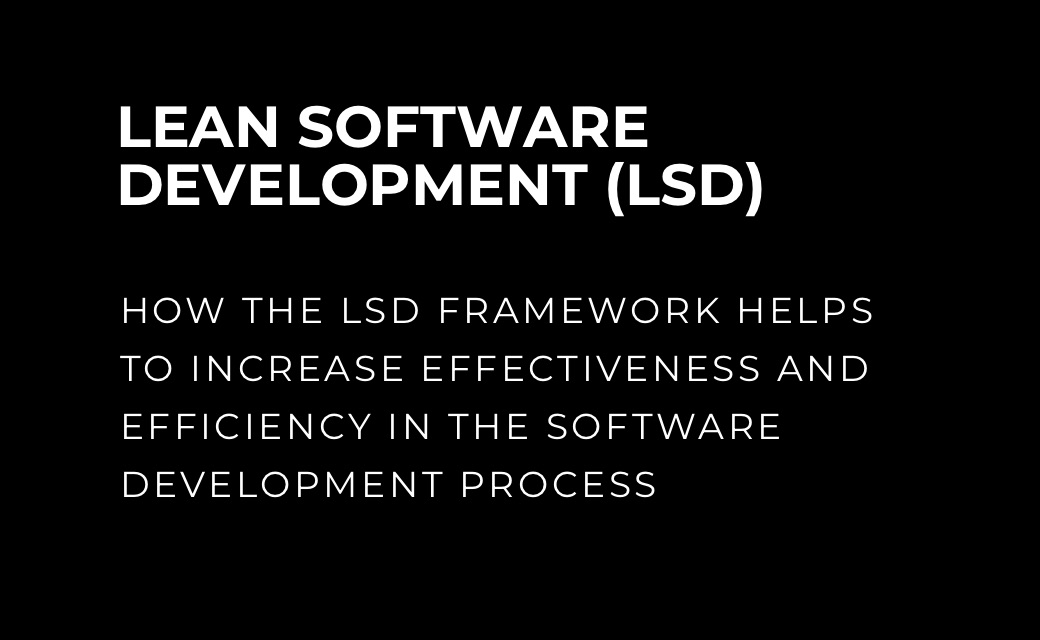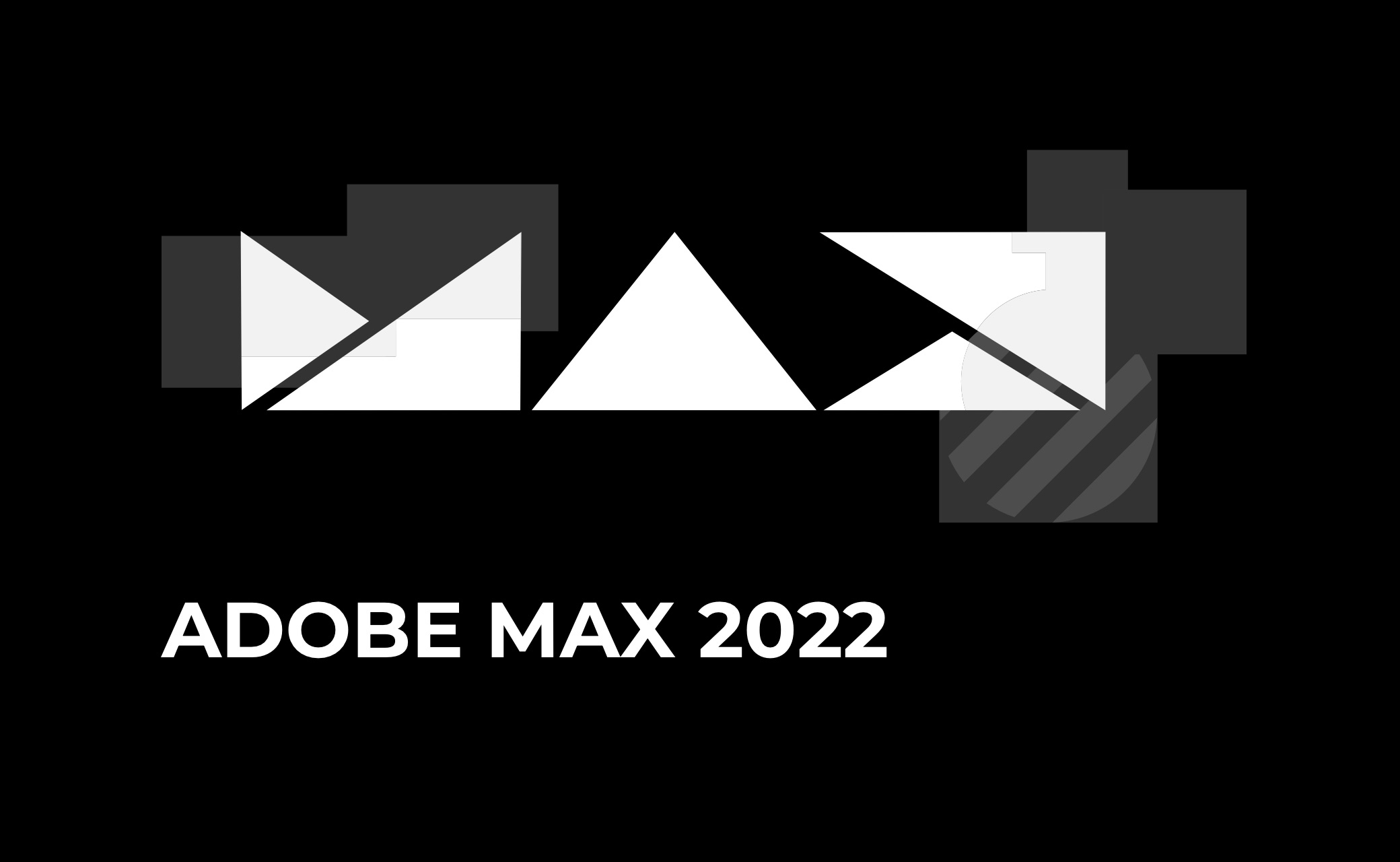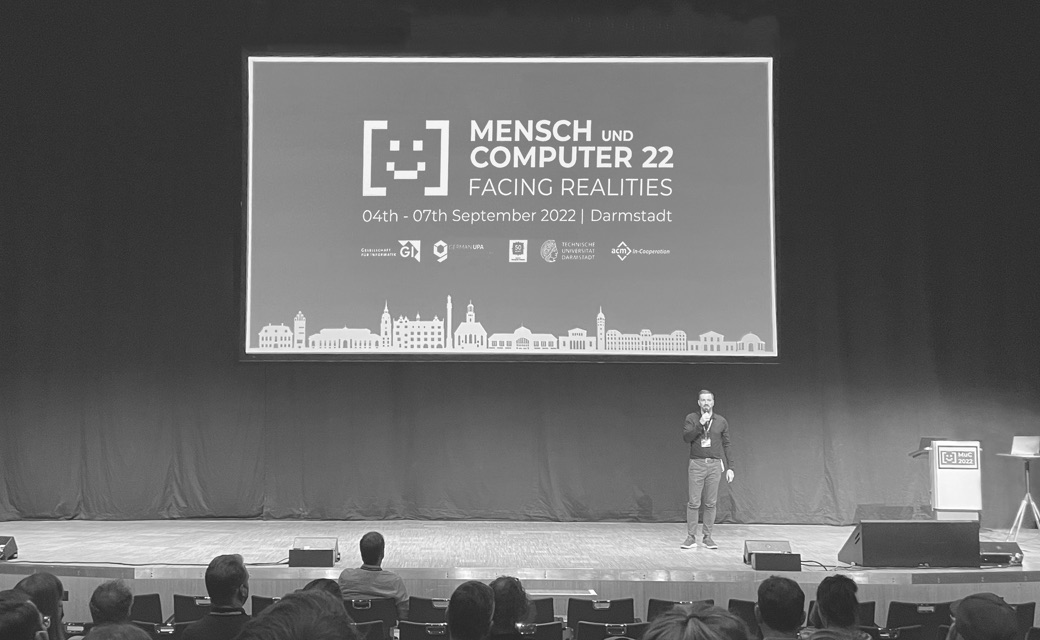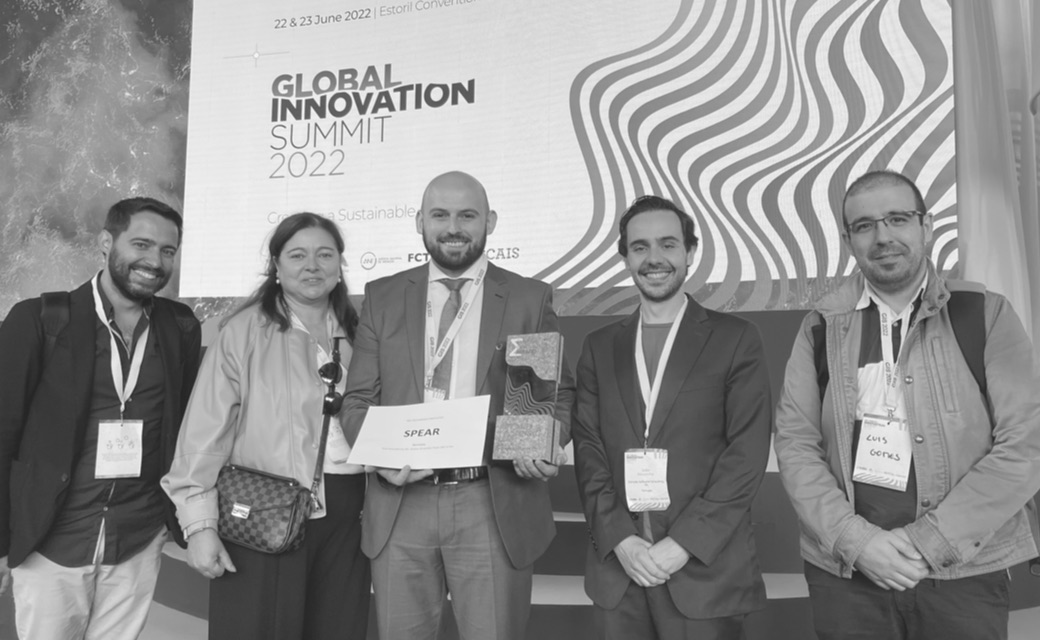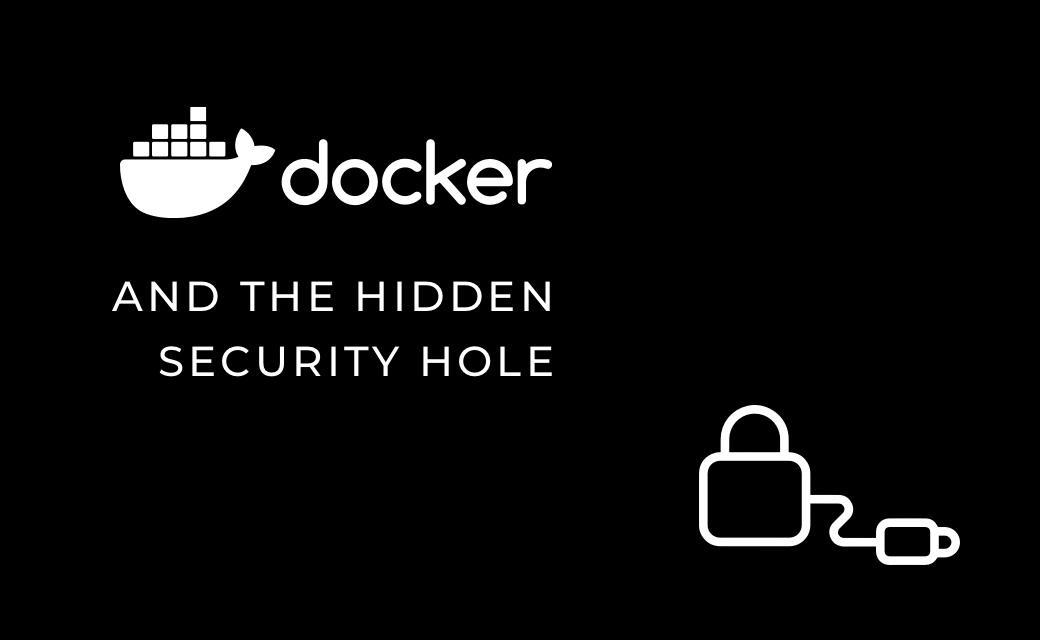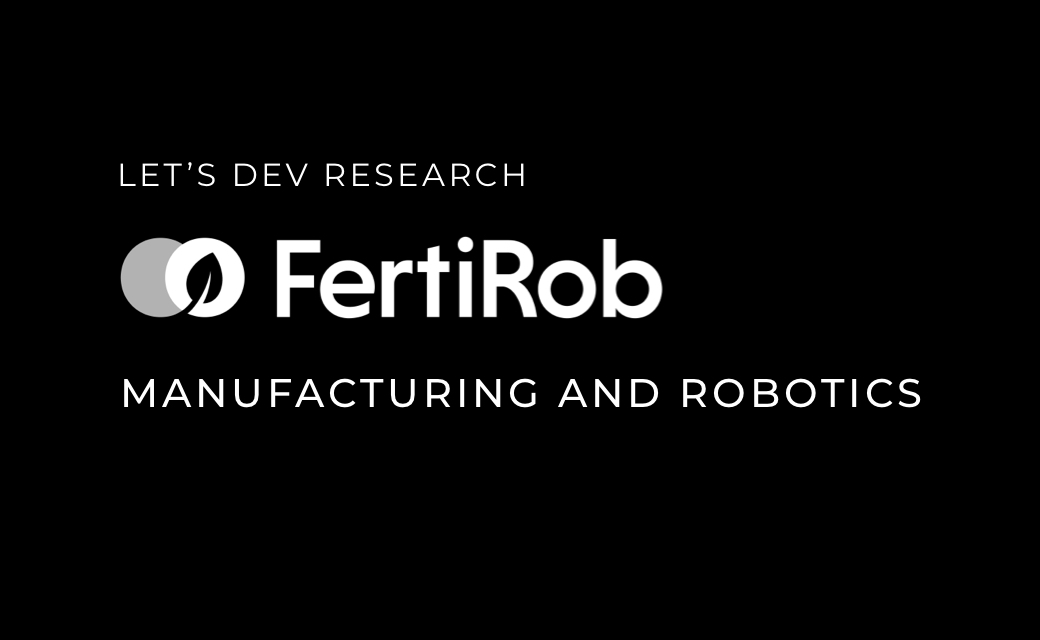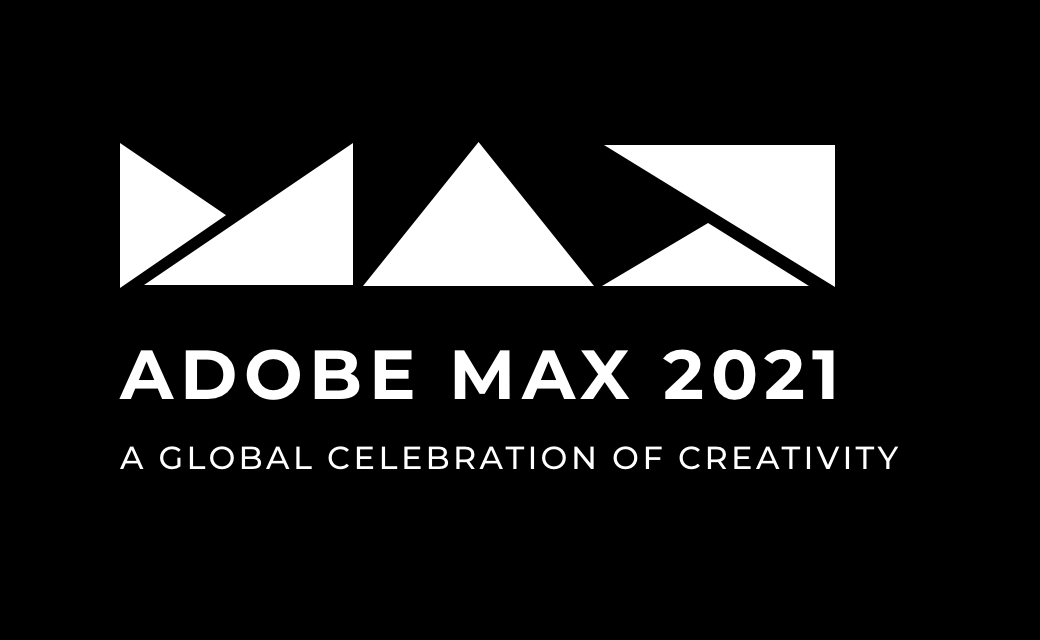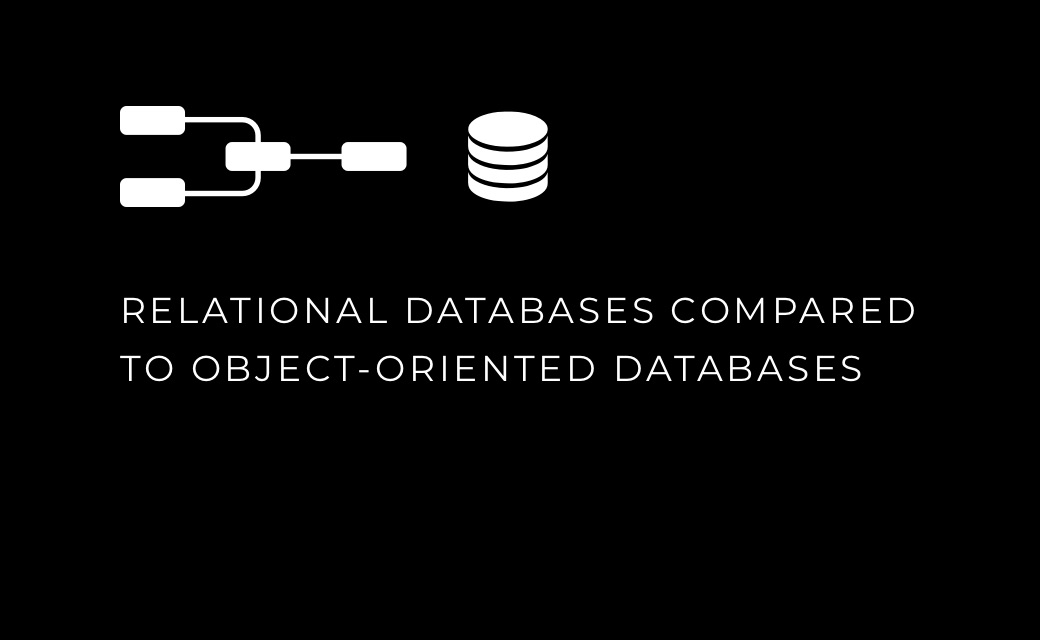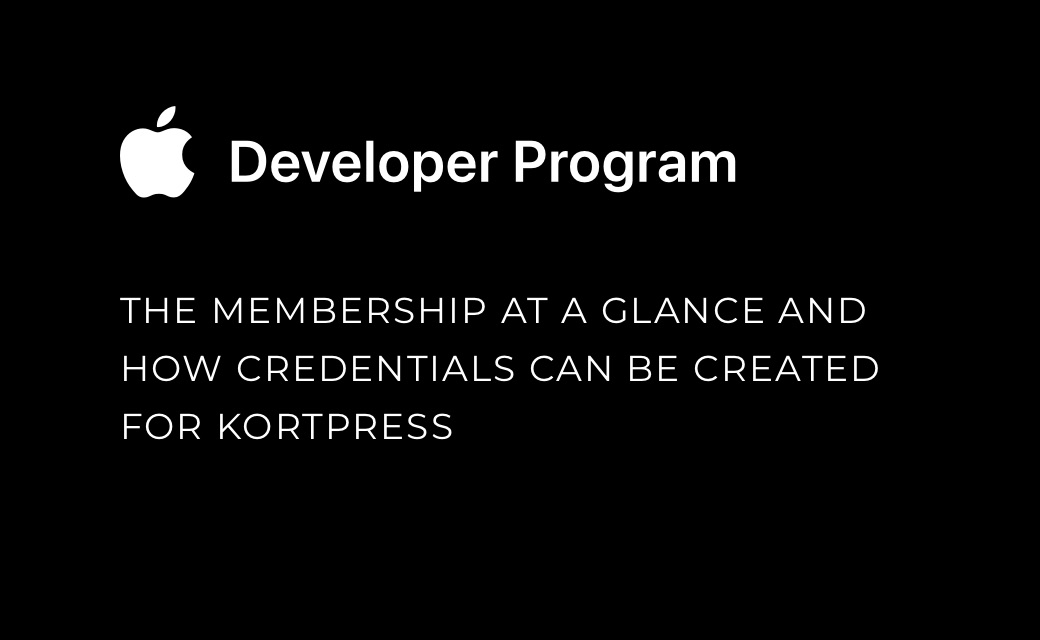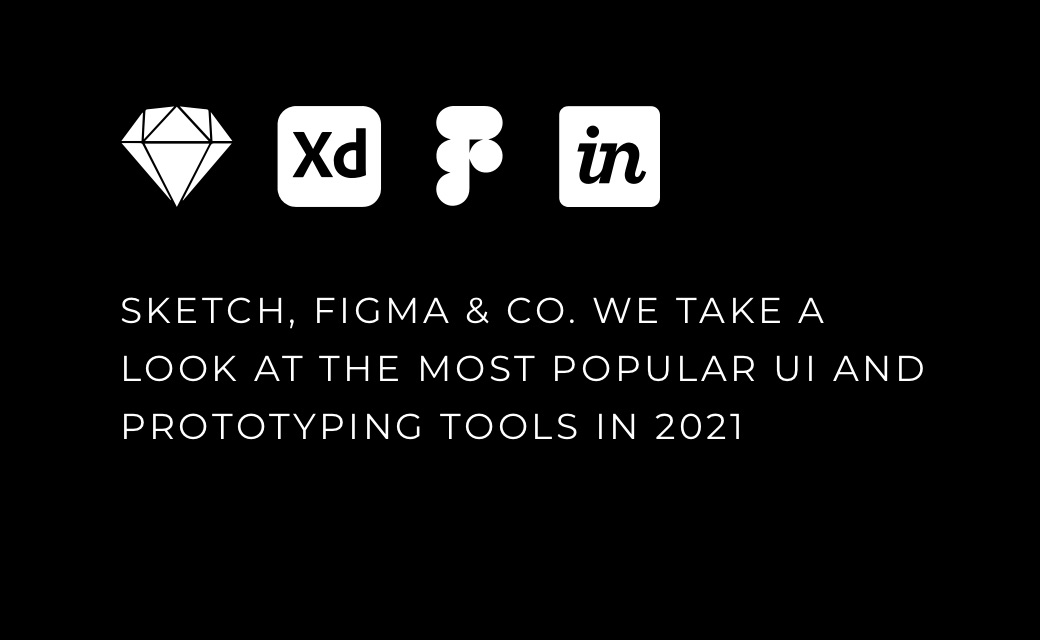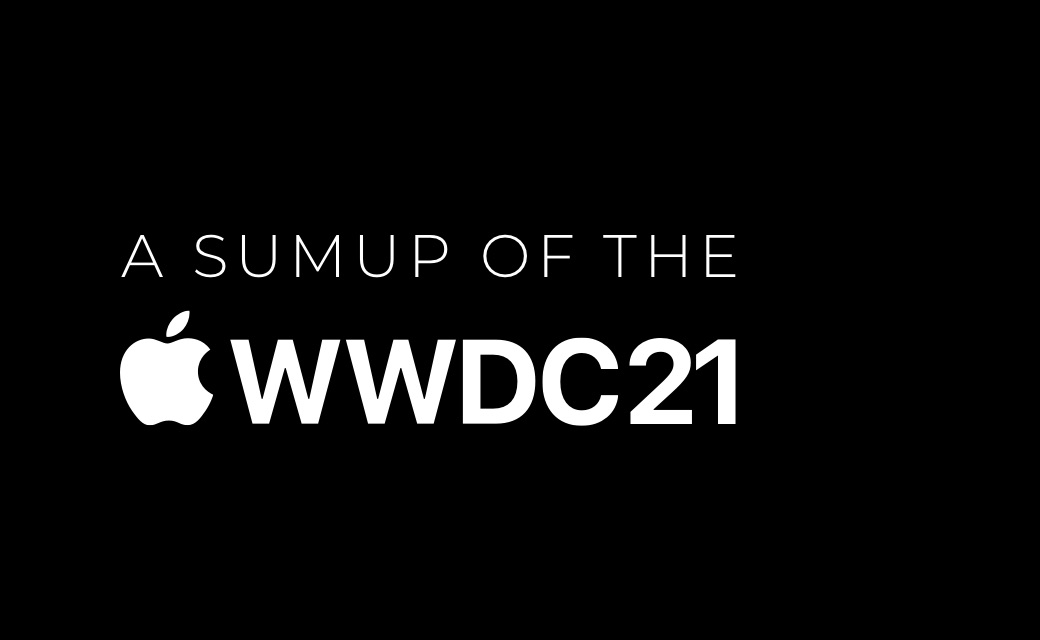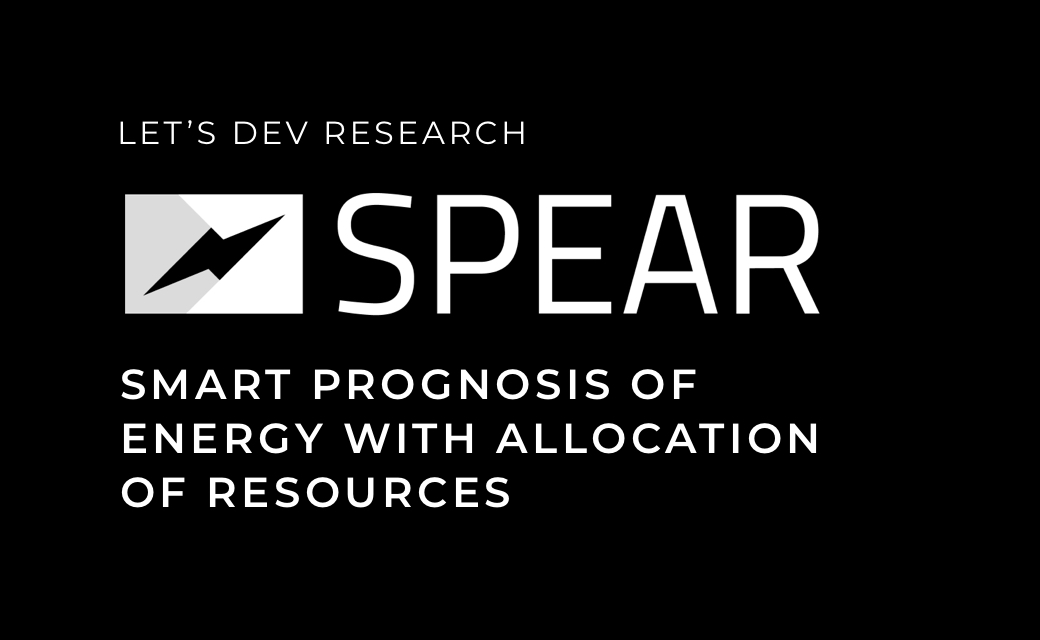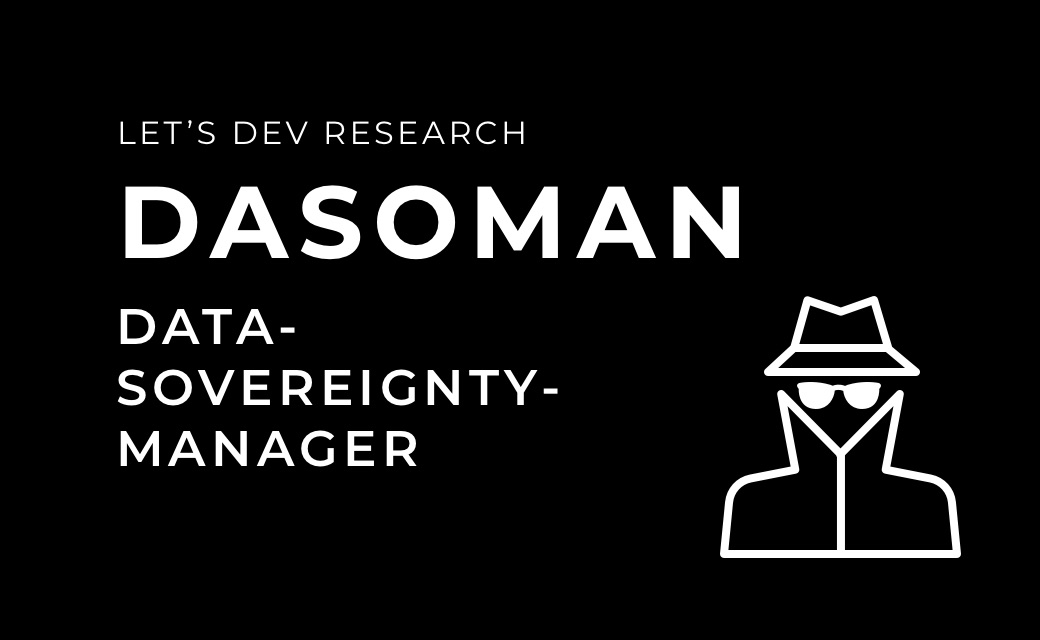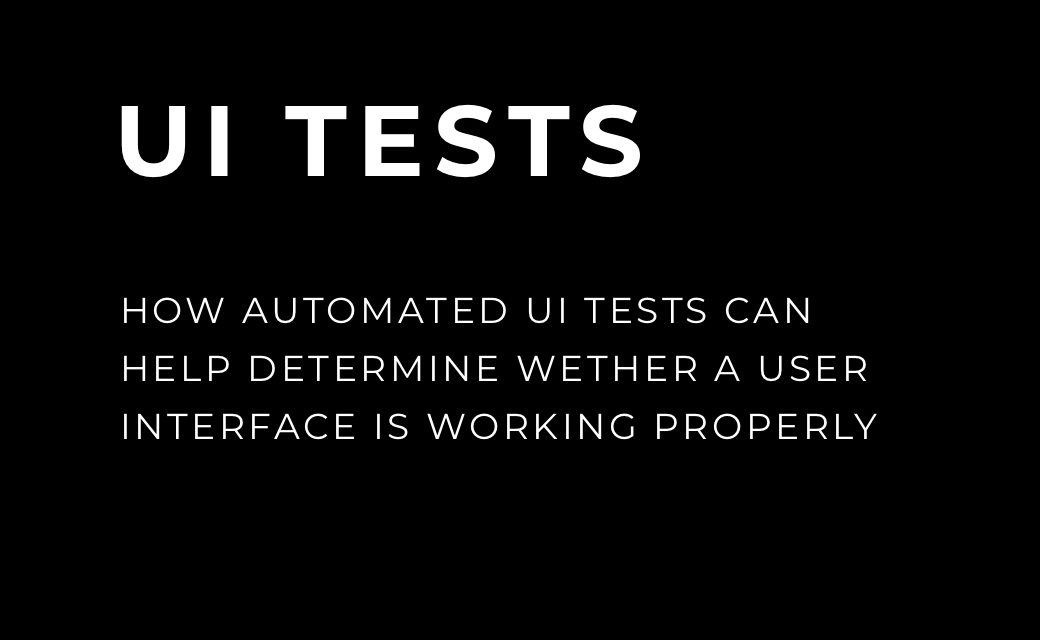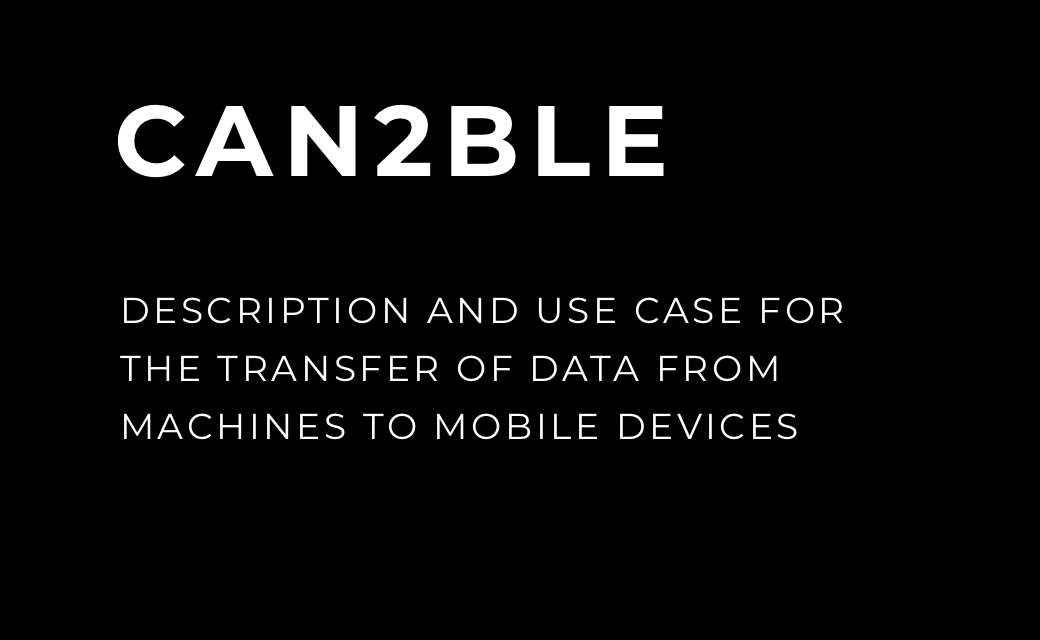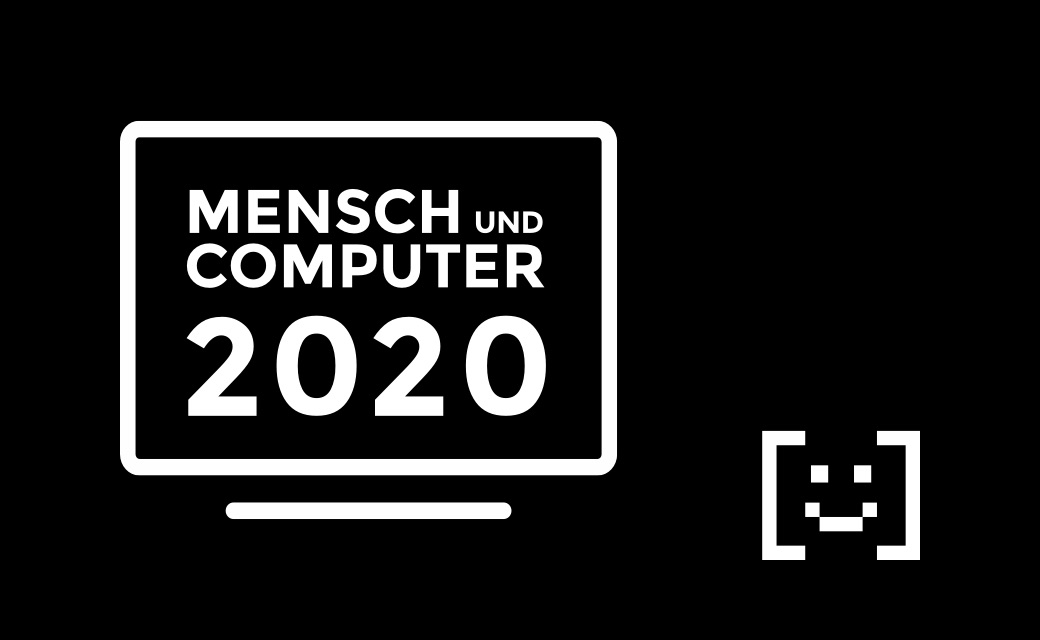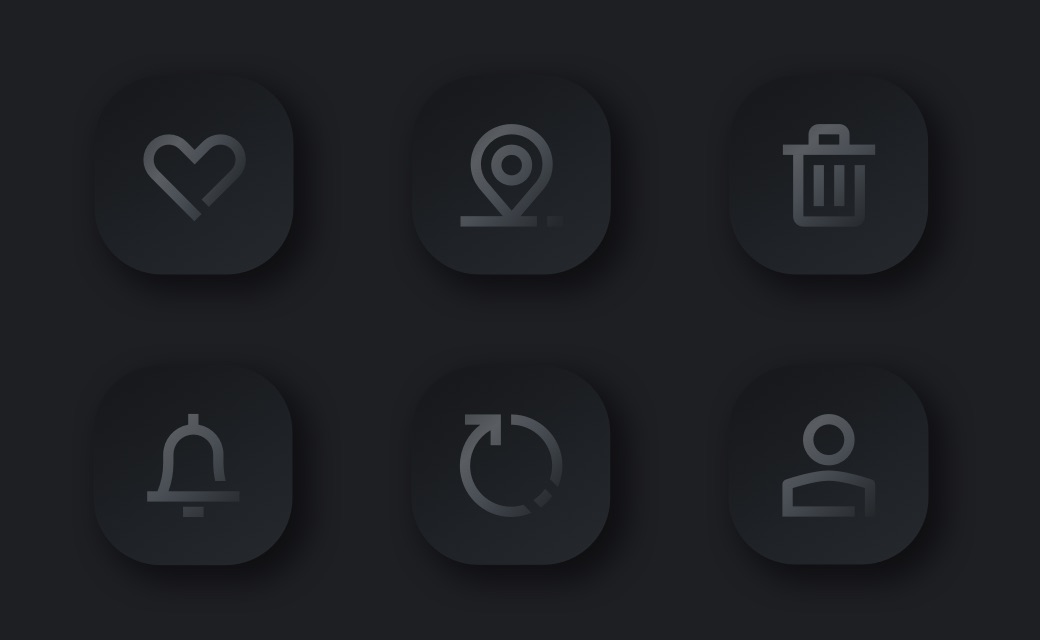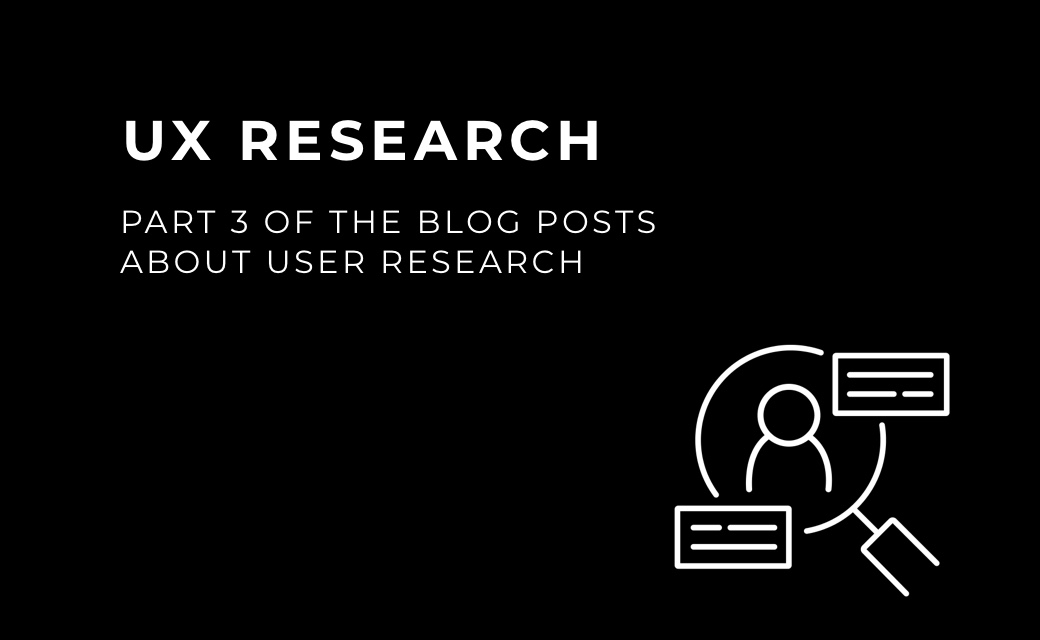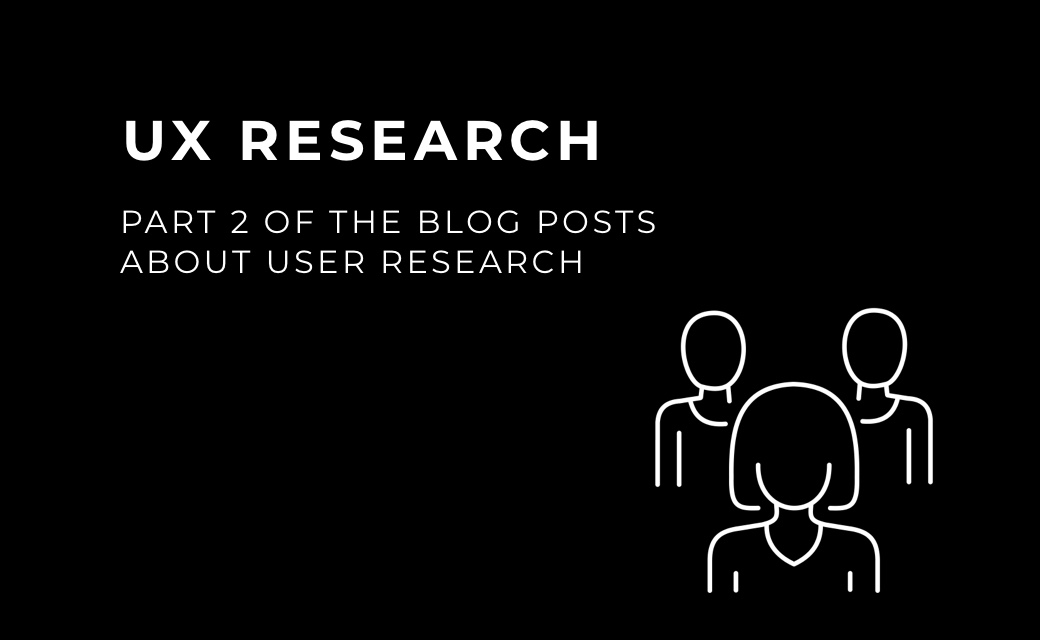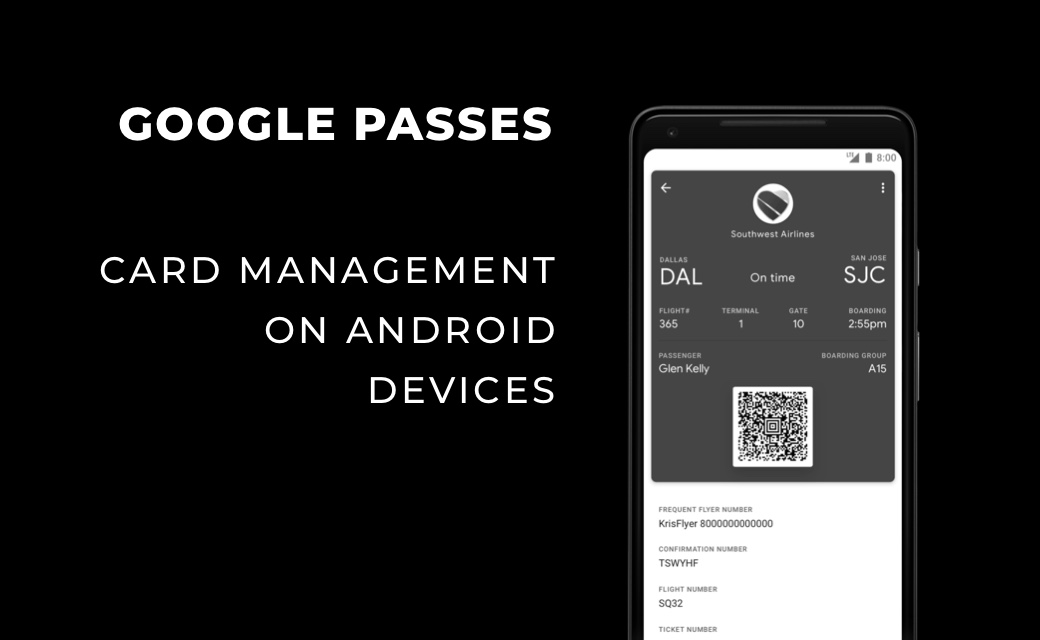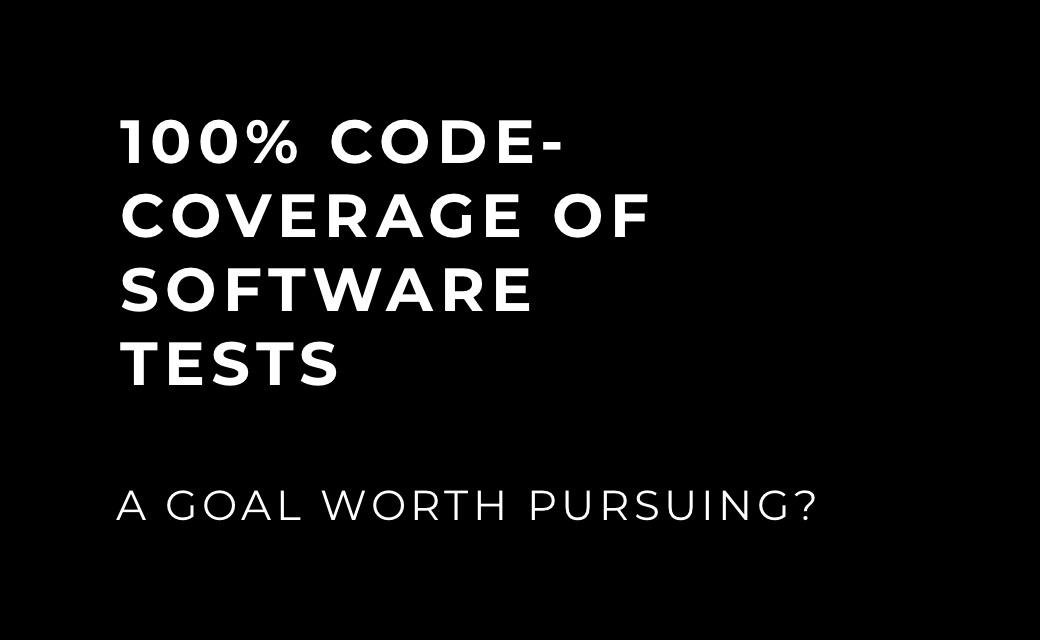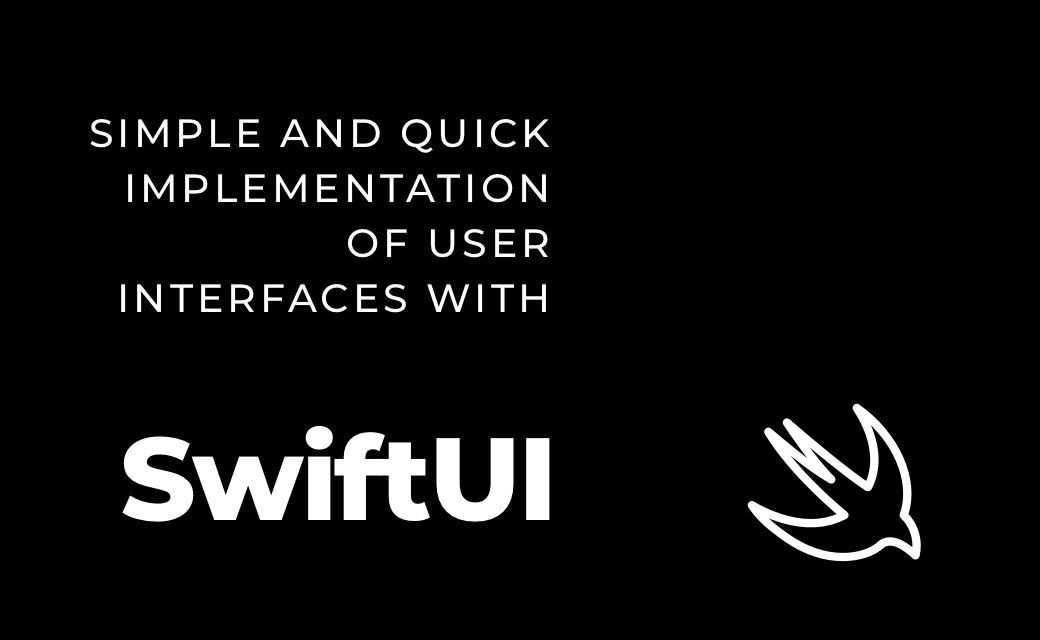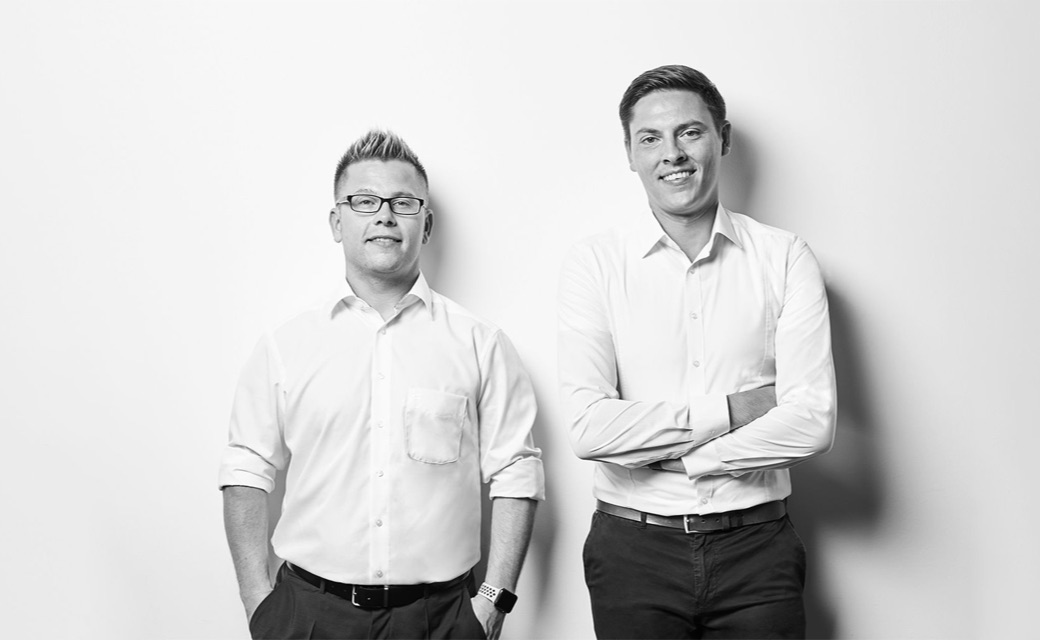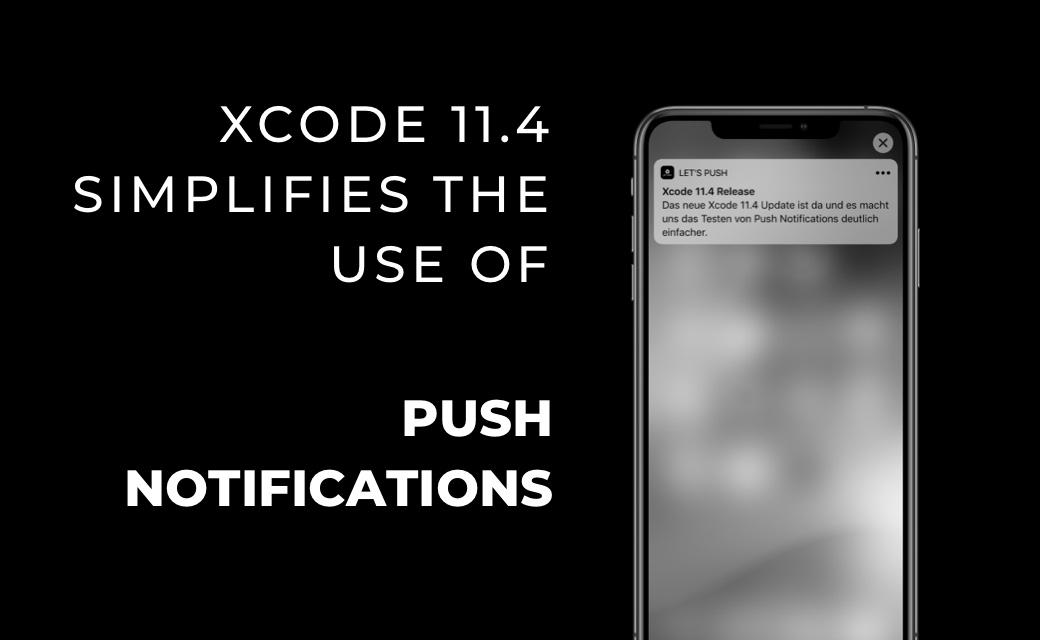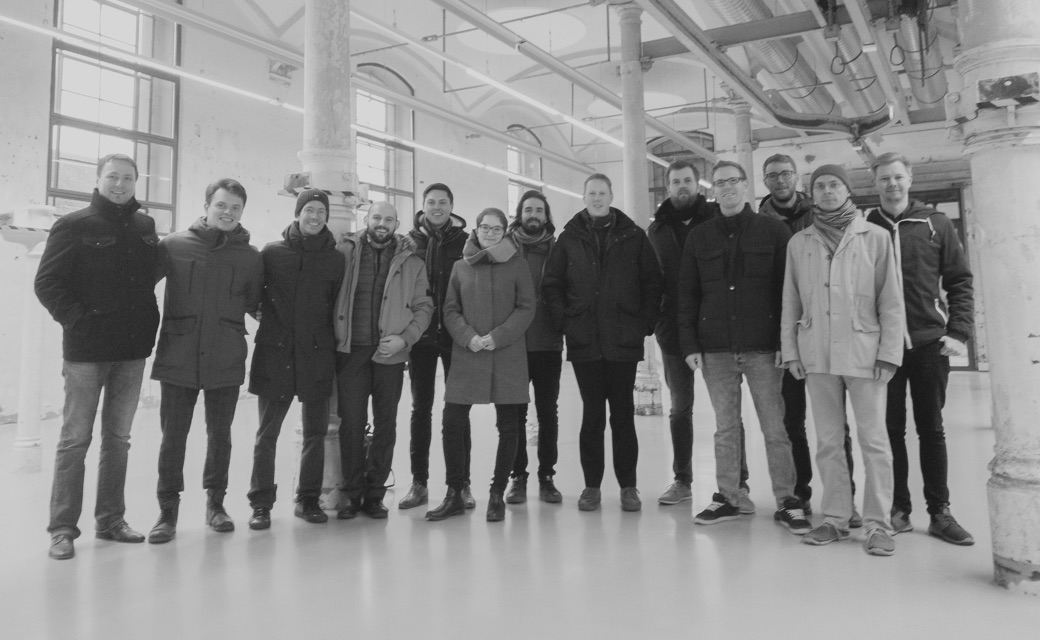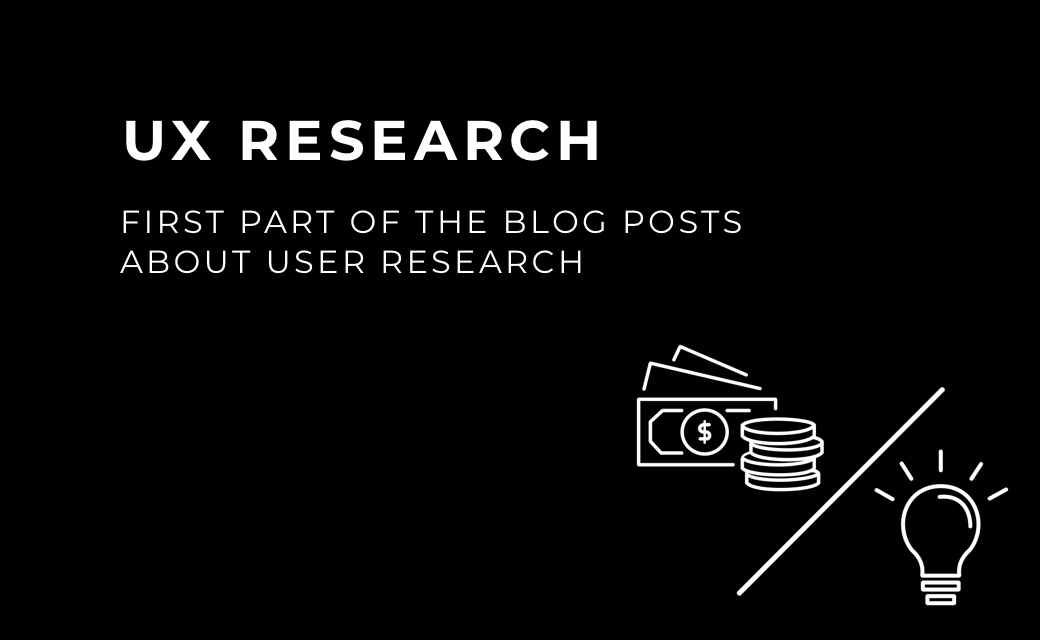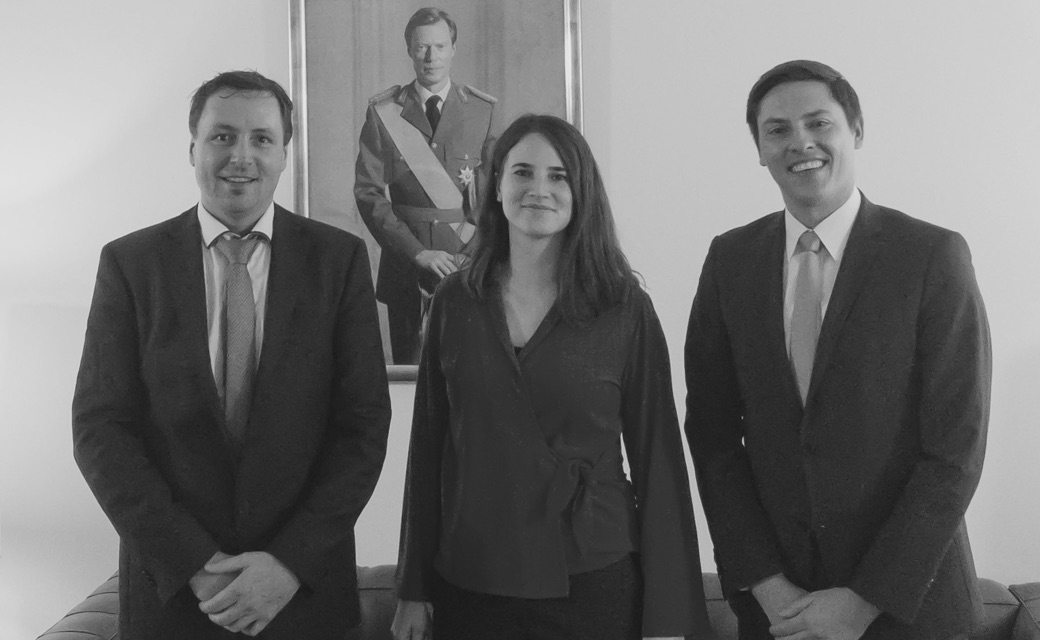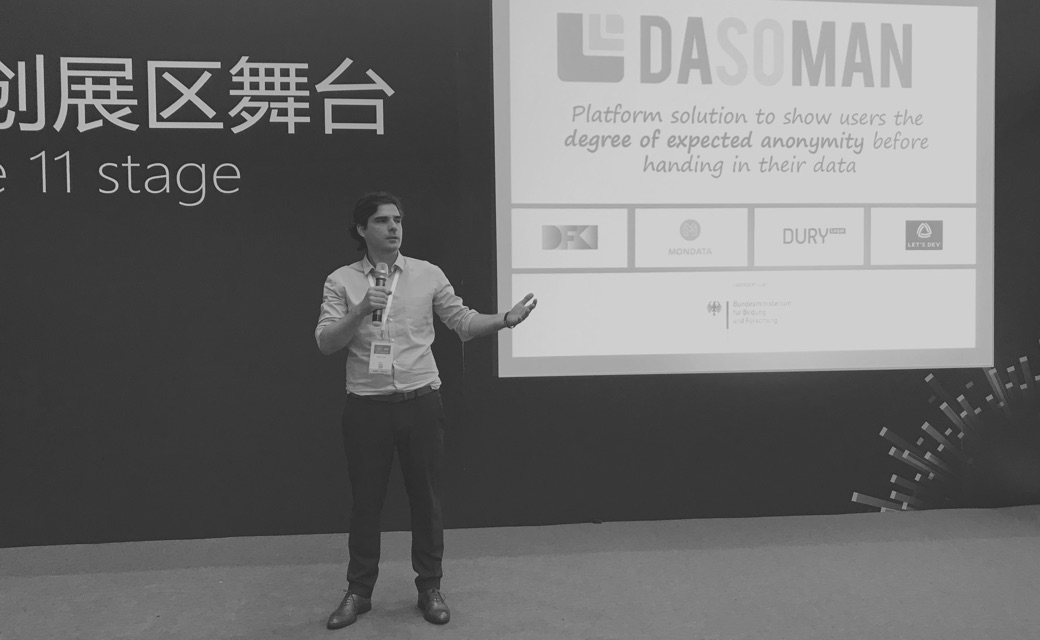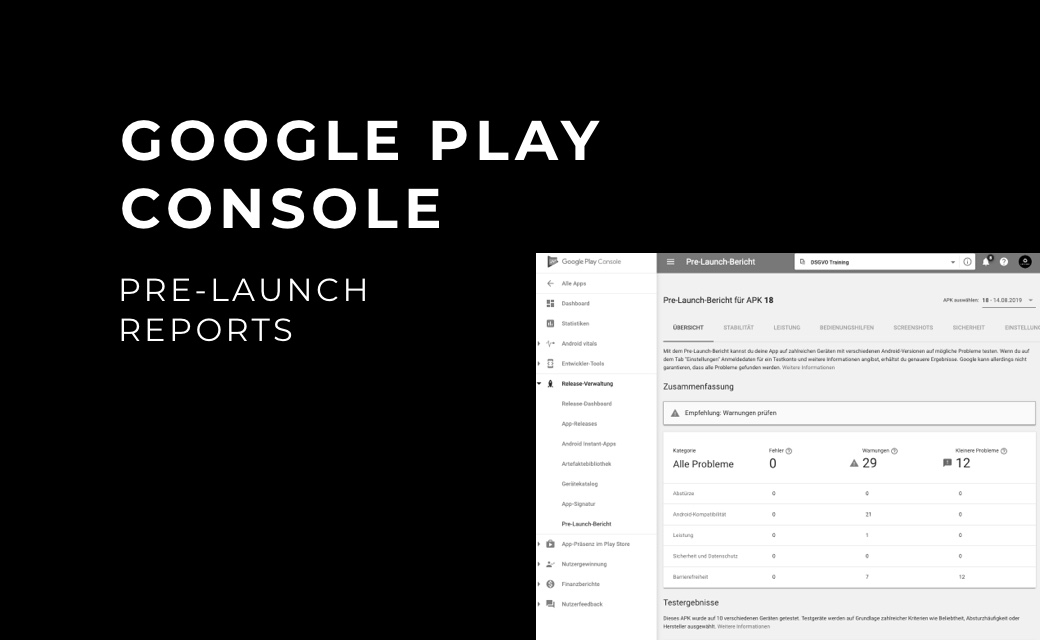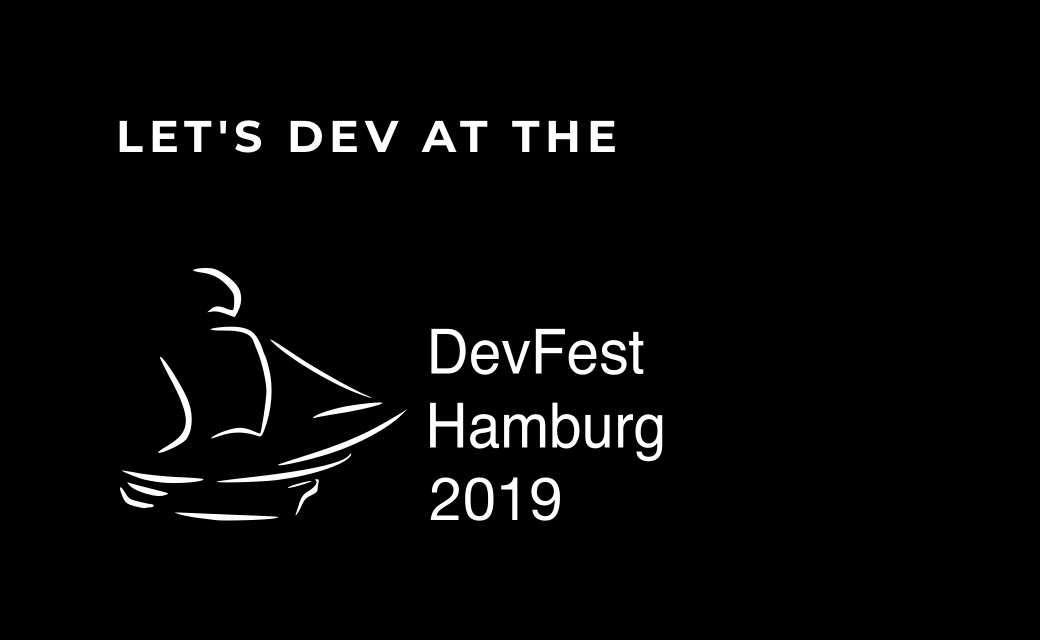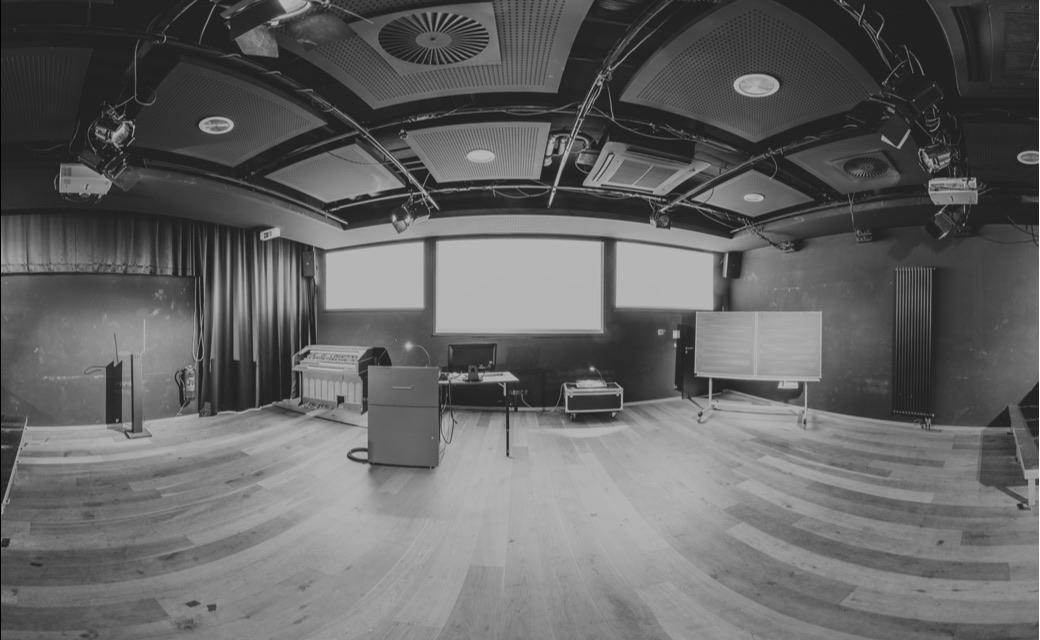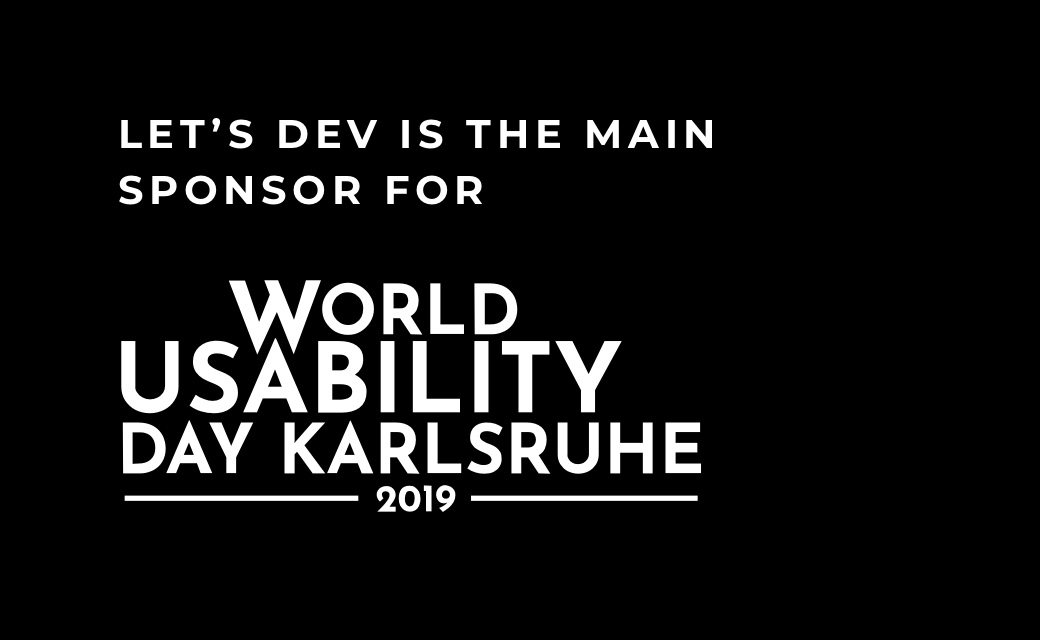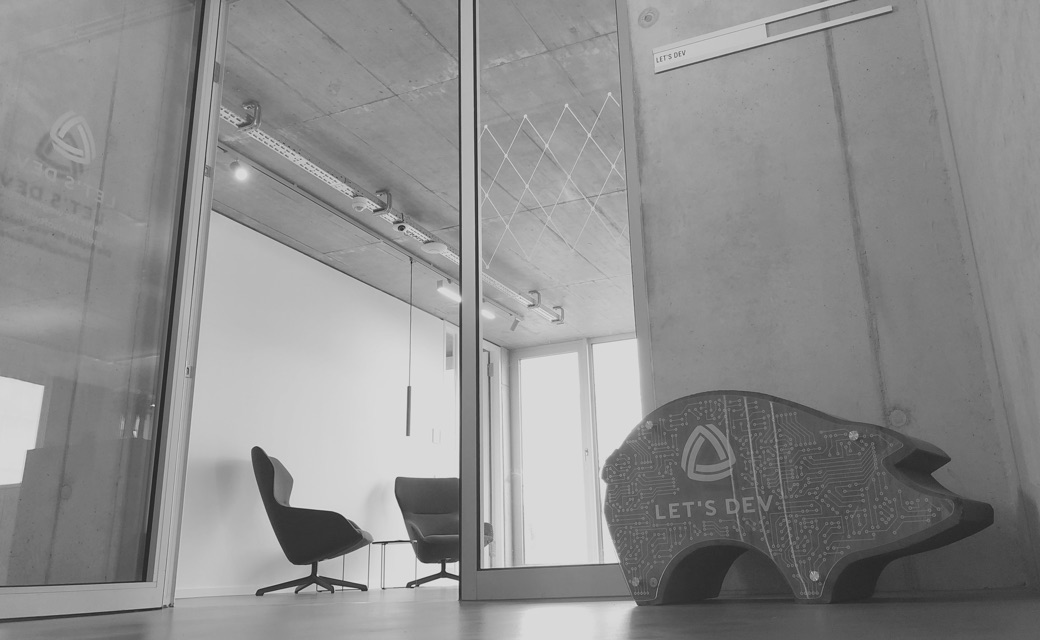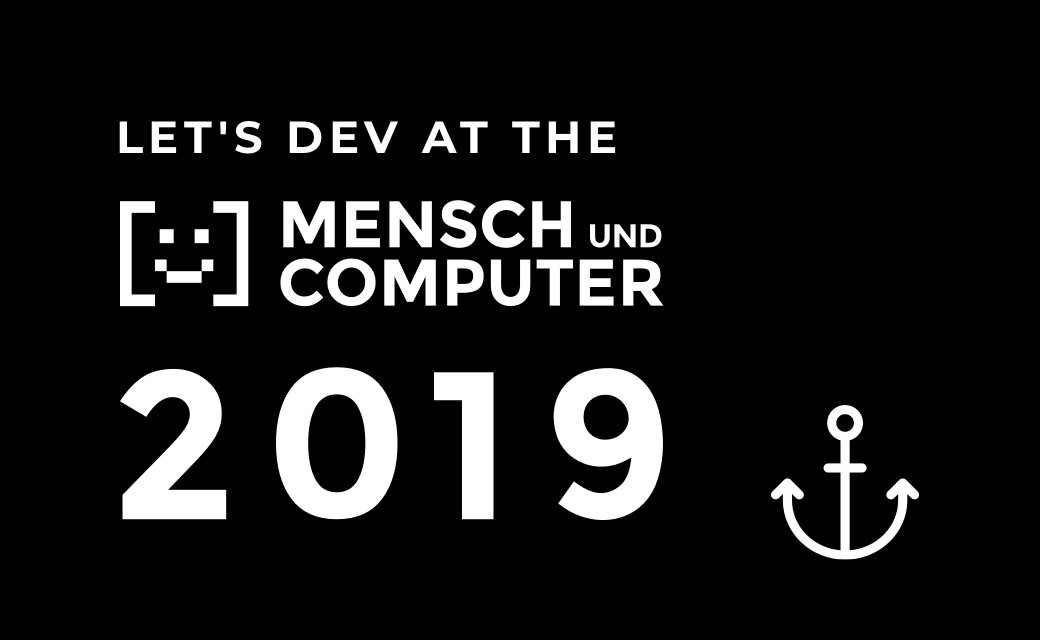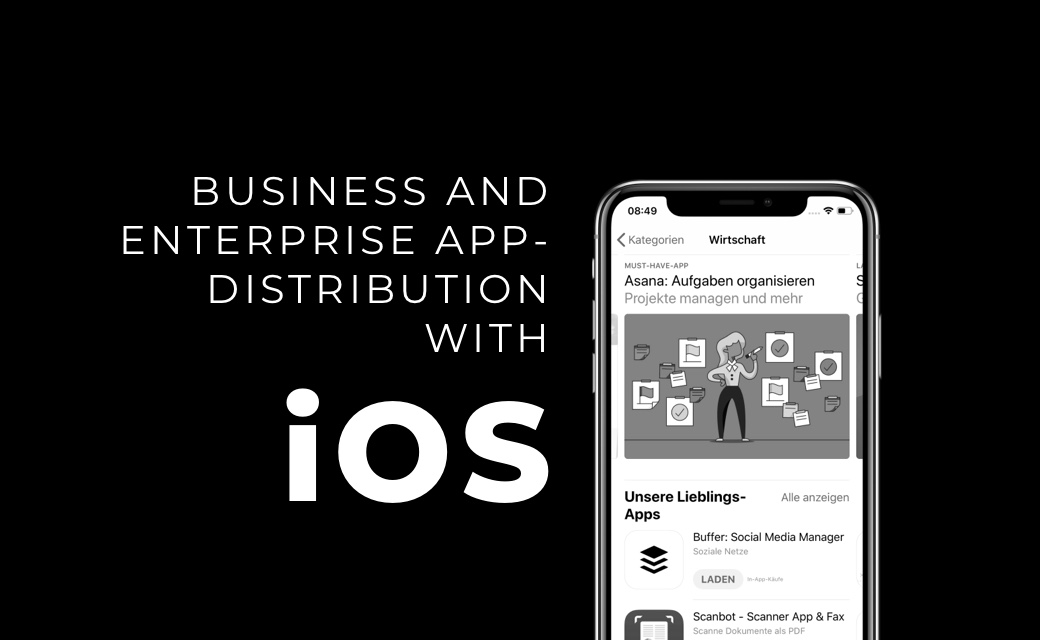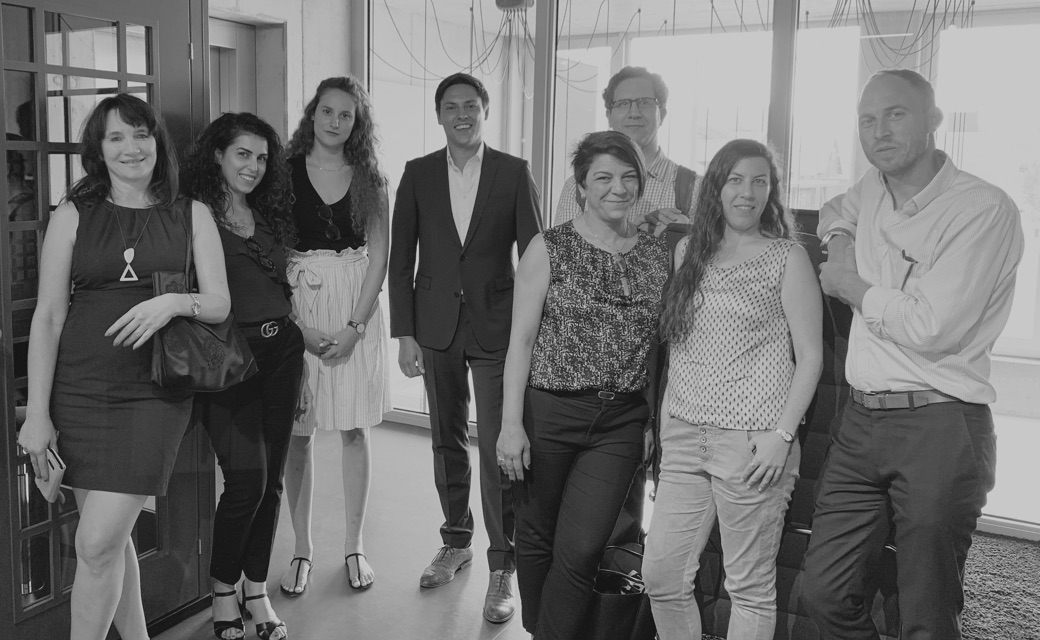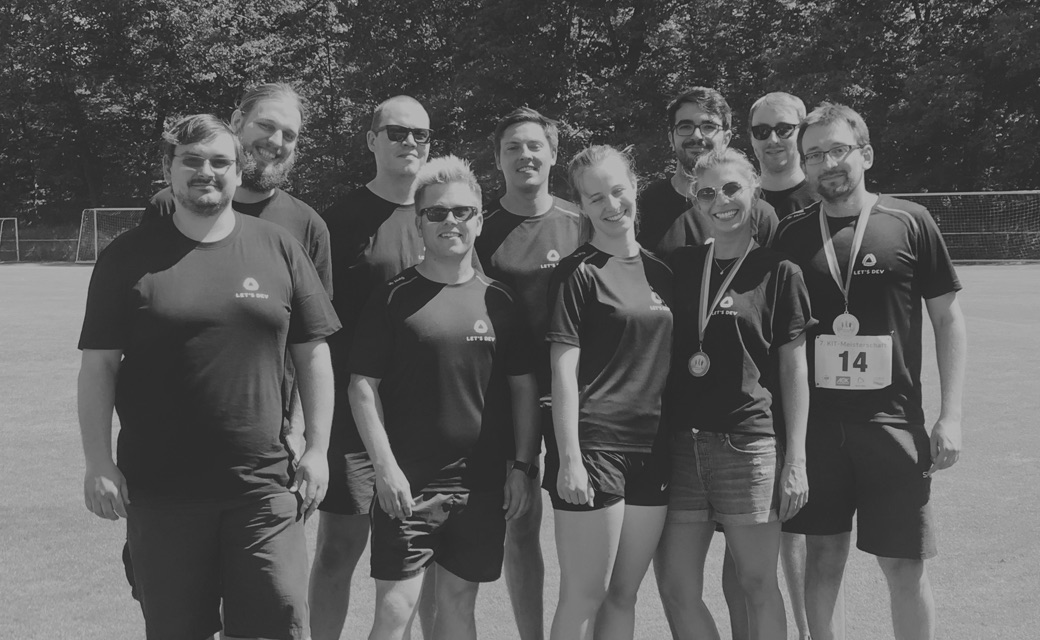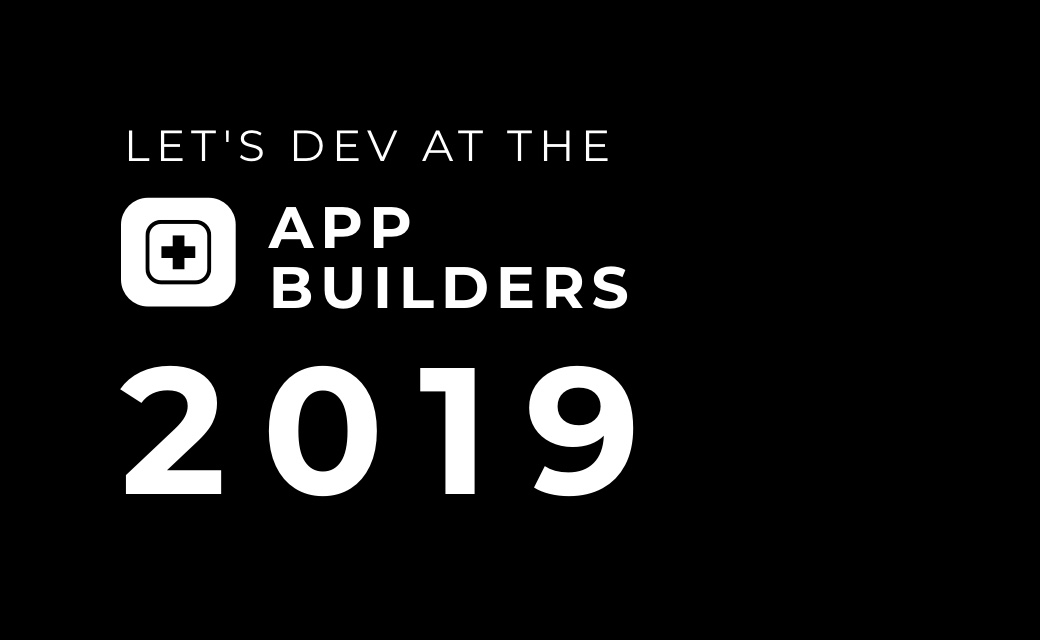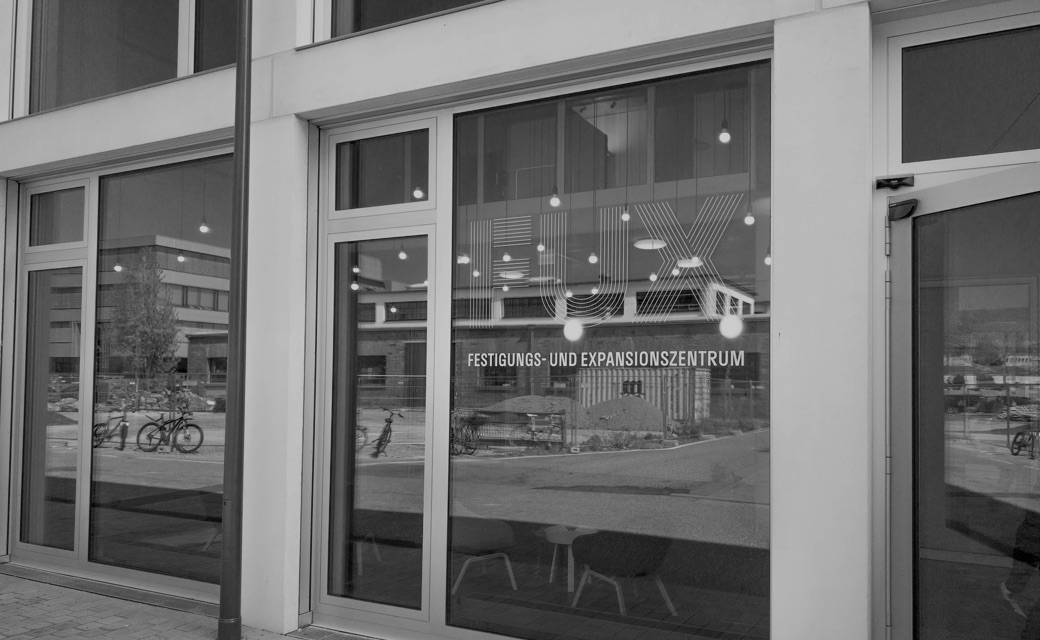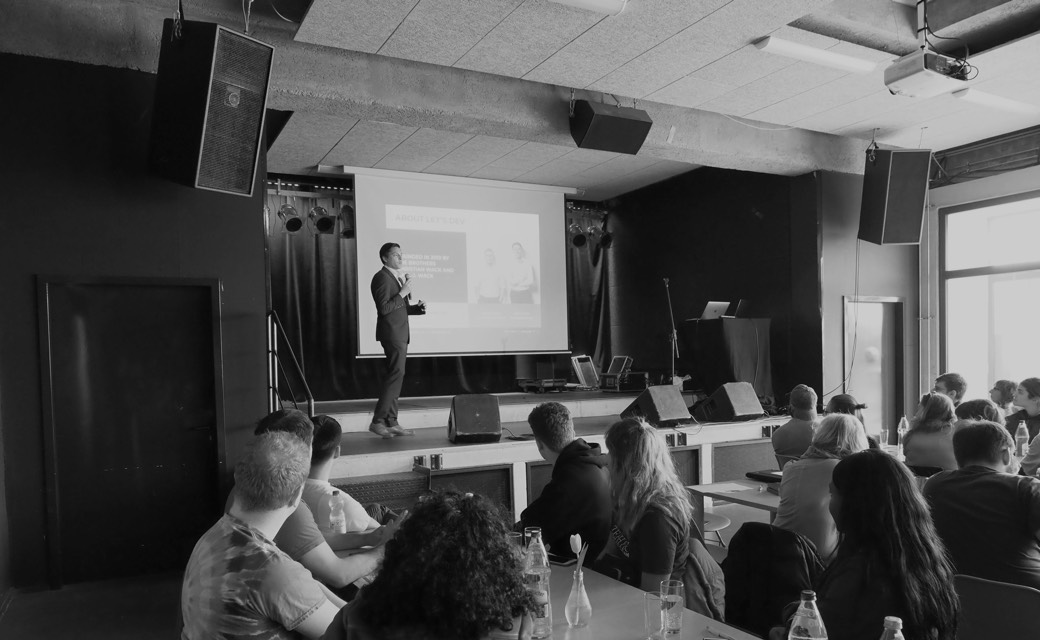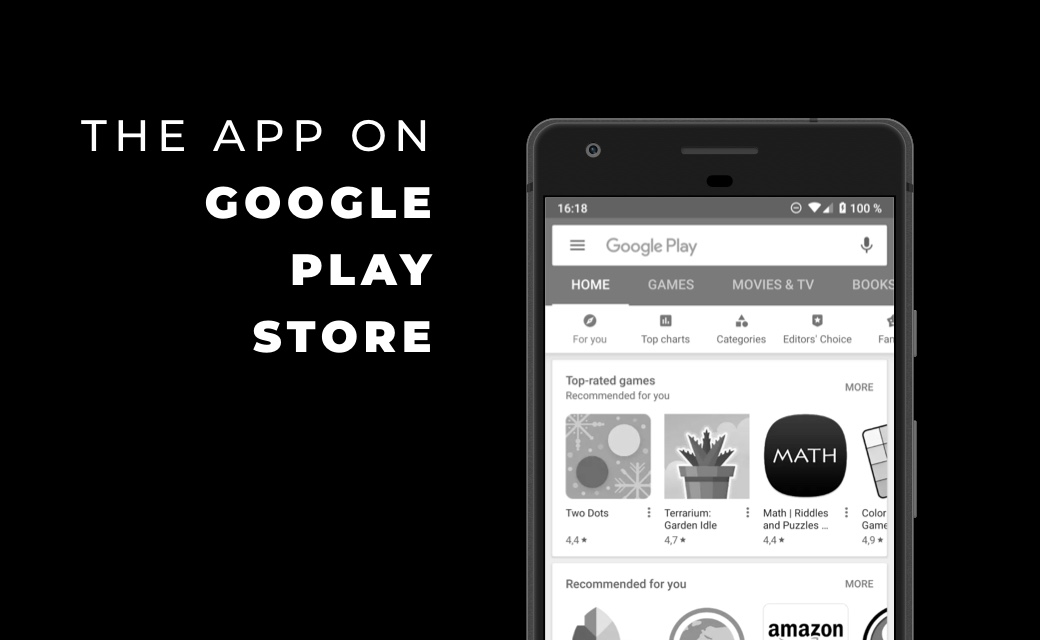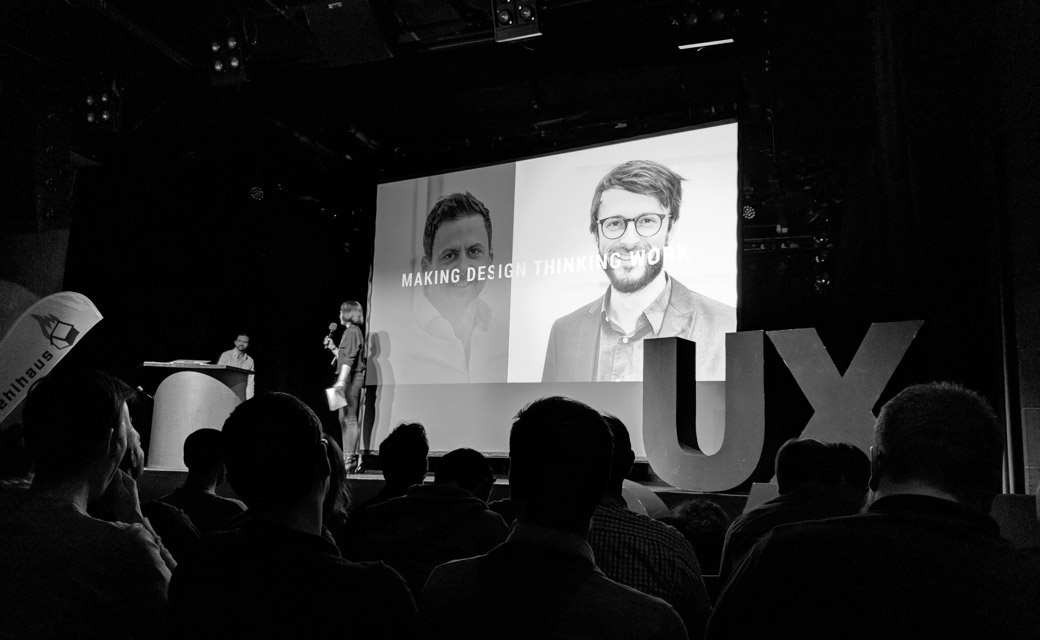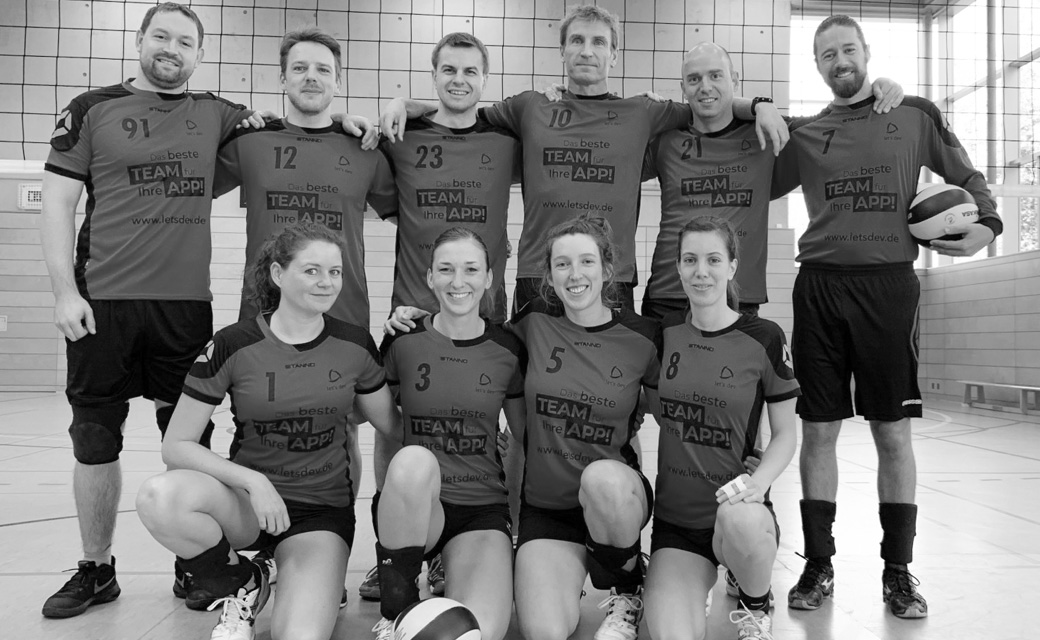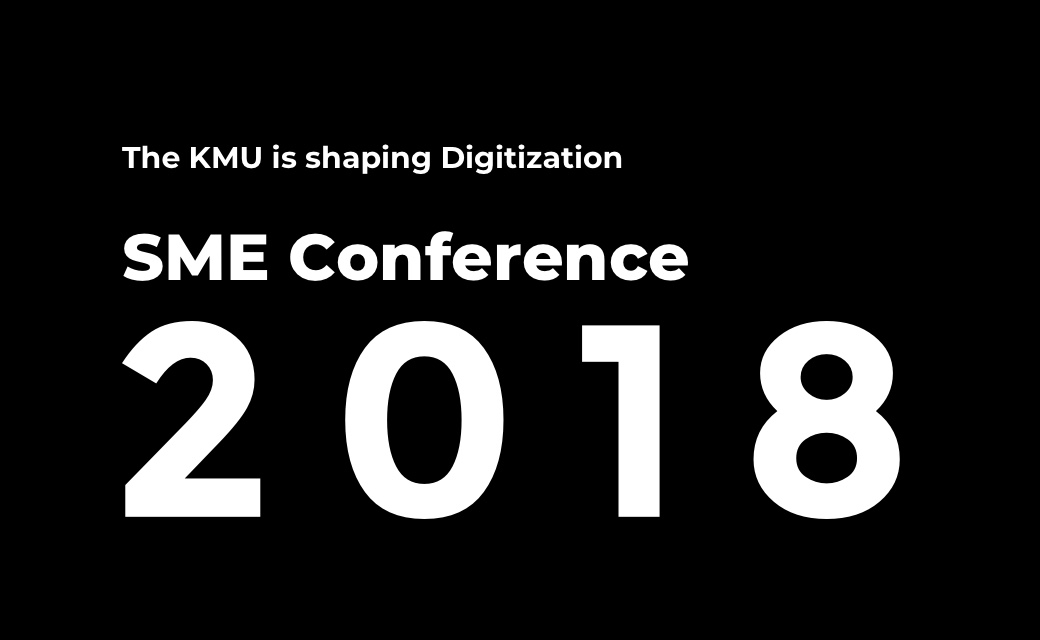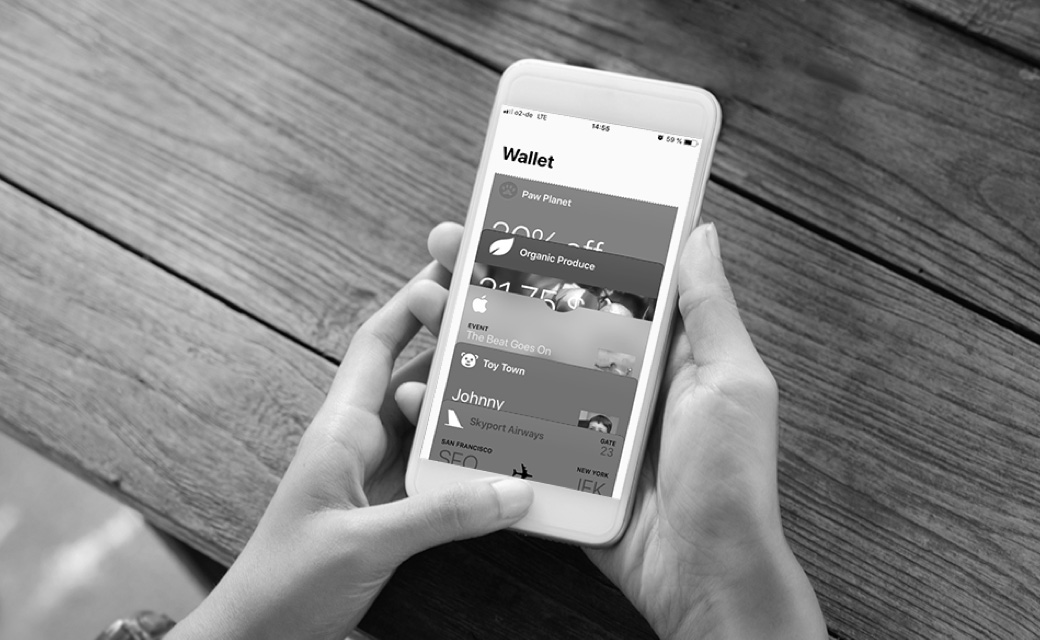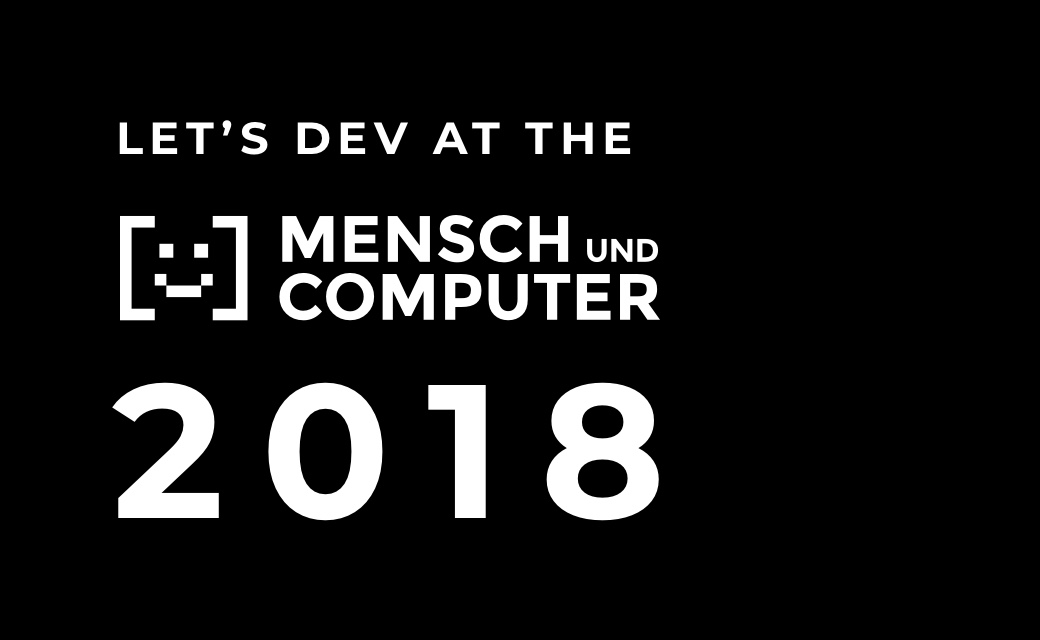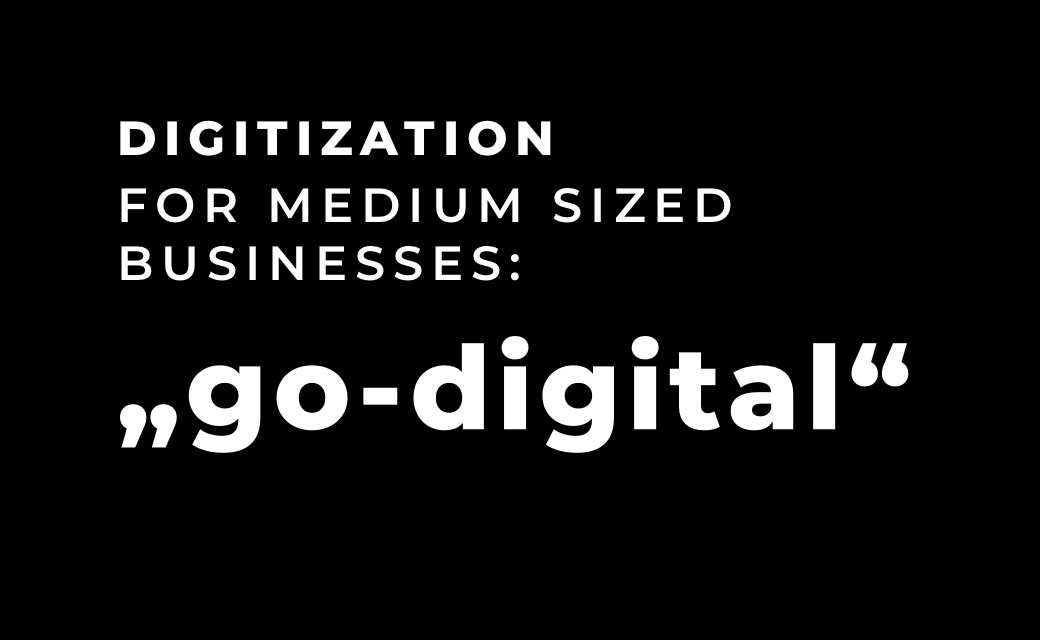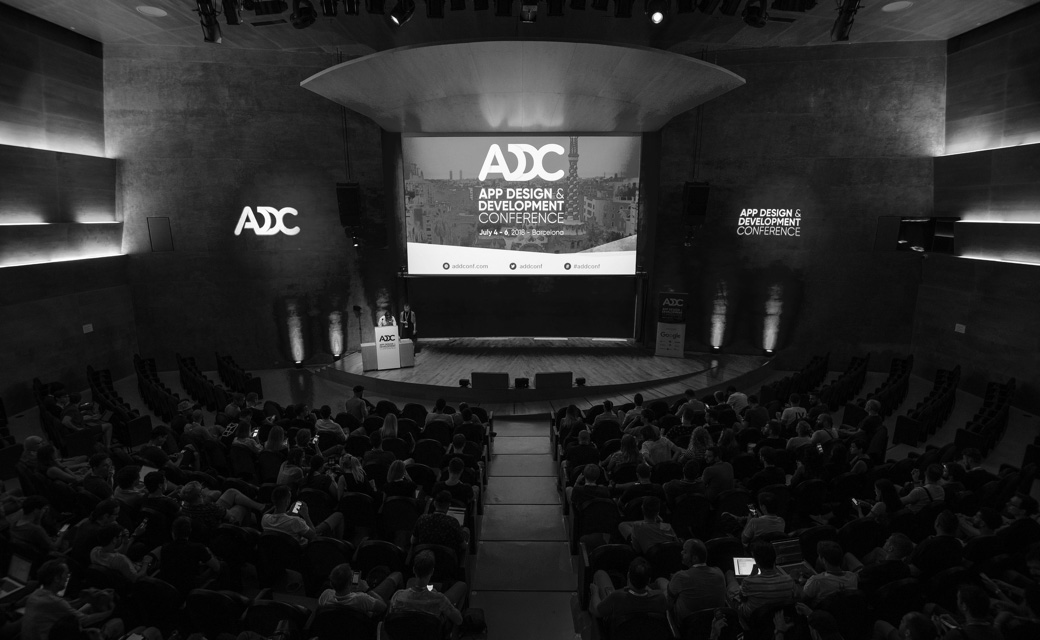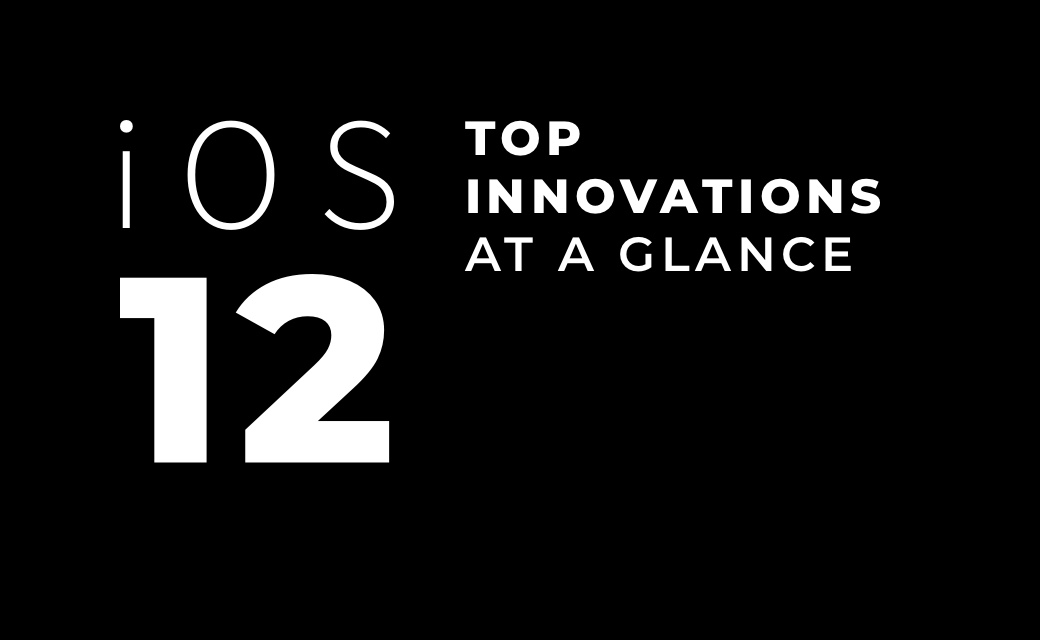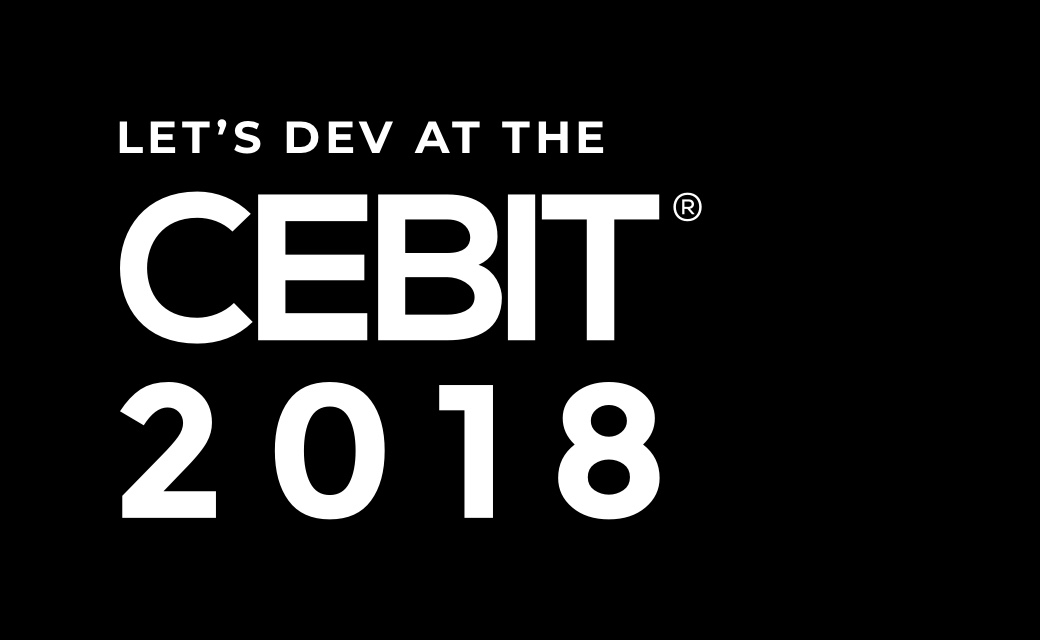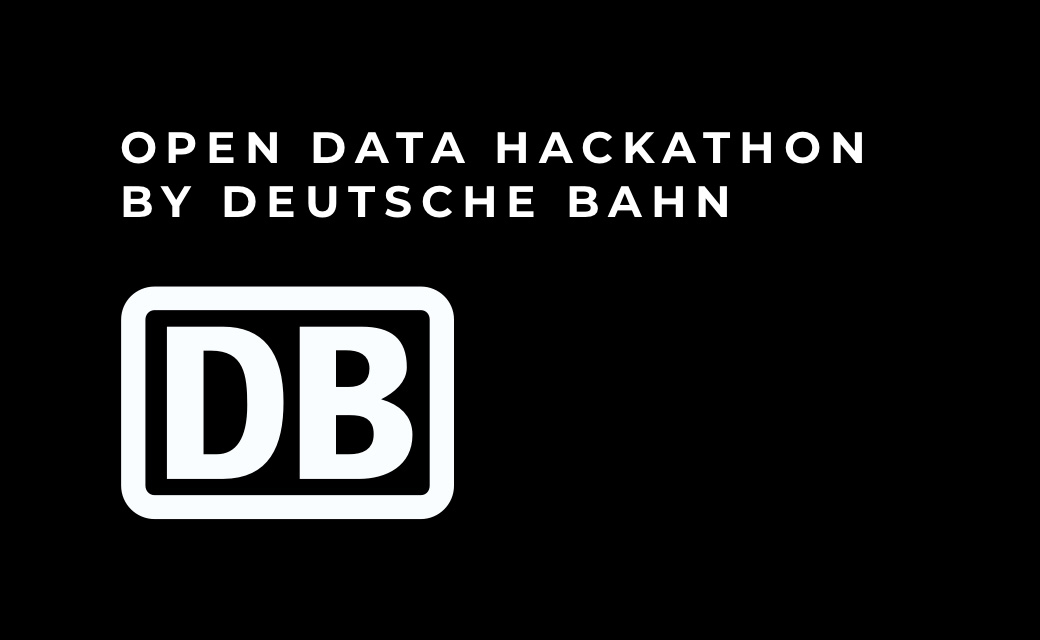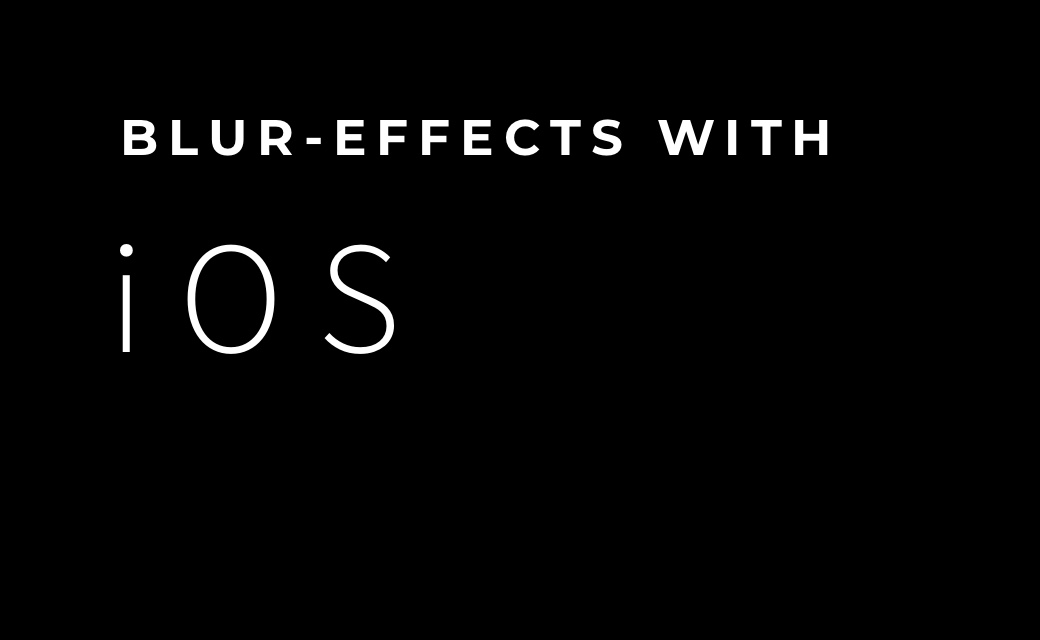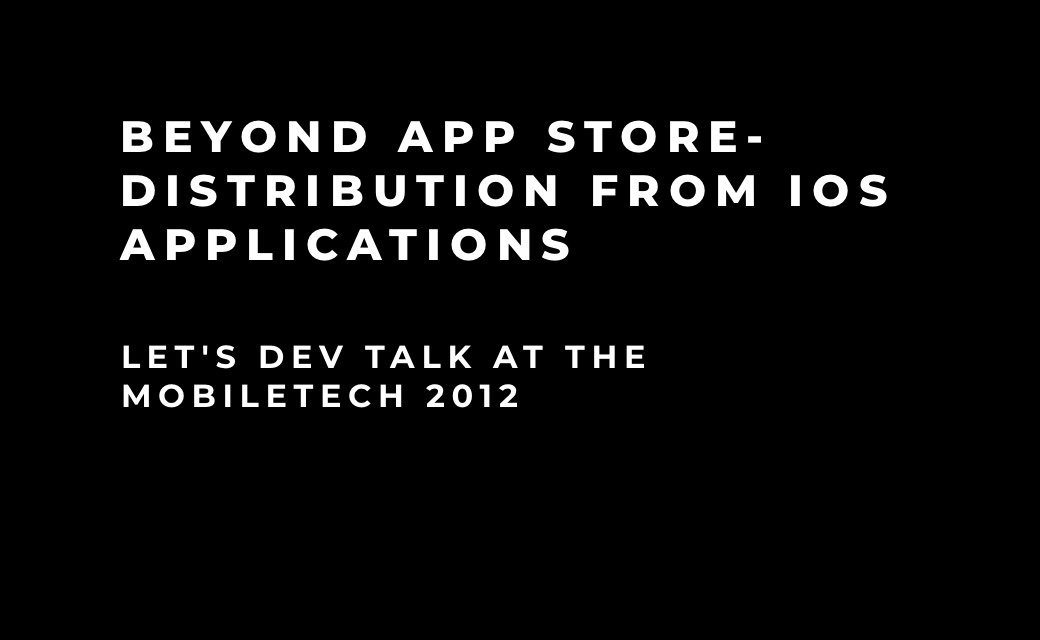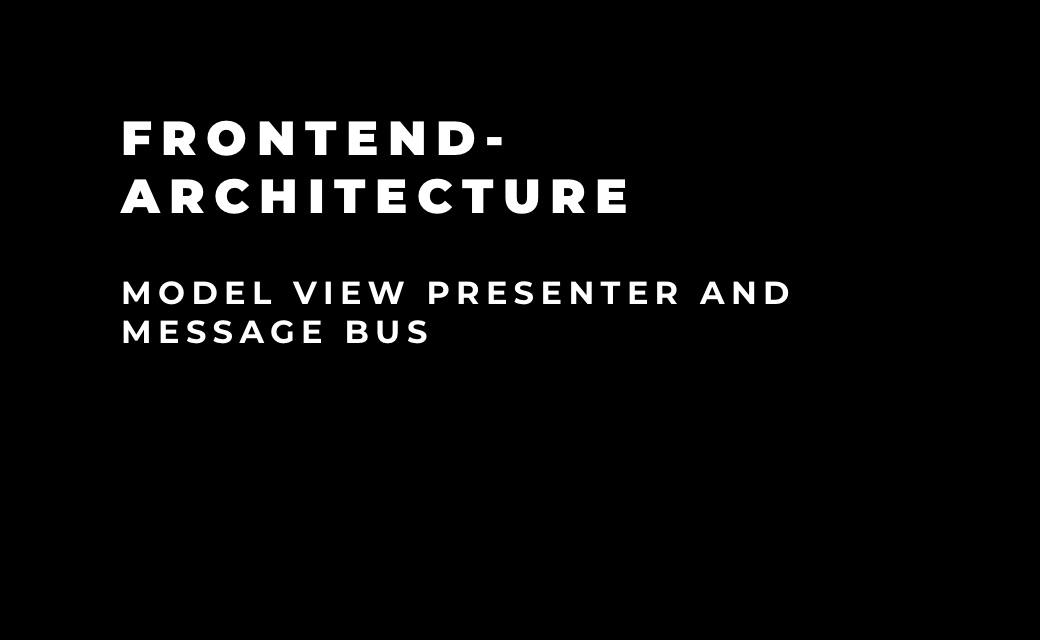Diamond: overview and vision
The DIAMOND research project is developing a neutral, standardised, common data model for
digitally modelling production facilities in the automotive industry. One of the
project's goals is to establish a platform-independent, interoperable working method to
make the planning, integration and simulation of production facilities more efficient,
flexible and robust. The focus is on creating a general working model, which is
demonstrated through its prototypical implementation in the DIAMOND platform.
A diverse network of industry and research
The DIAMOND project consortium comprises 23 partners who are jointly developing and
implementing a neutral, scalable, common data model for digital plant modelling. The
project focuses on close collaboration between research partners, universities,
associations, and small and medium-sized enterprises (SMEs). The consortium uses this
collaboration
to systematically promote the transfer of knowledge and technology, and to put it into
practice.
For example:
- BMW AG
- CADENAS GmbH
- EKS InTec GmbH
- Festo SE & Co. KG
- FFT Produktionssysteme GmbH & Co. KG
- Mercedes‑Benz AG
- Siemens AG
- Tarakos GmbH
From model to practice: CDM in Diamond
The connection between the Common Data Model (CDM) and the DIAMOND project's development
is pivotal: the CDM provides the content-related and structural foundation for the
prototype implementation of the working model.
The aim of this prototype implementation is to translate the theoretical and modelling
concepts of the CDM into a practical, user-friendly solution. It will enable users to
record and process complex plant data in a structured way and share it across systems,
while adhering to the standards and structures specified by the CDM.
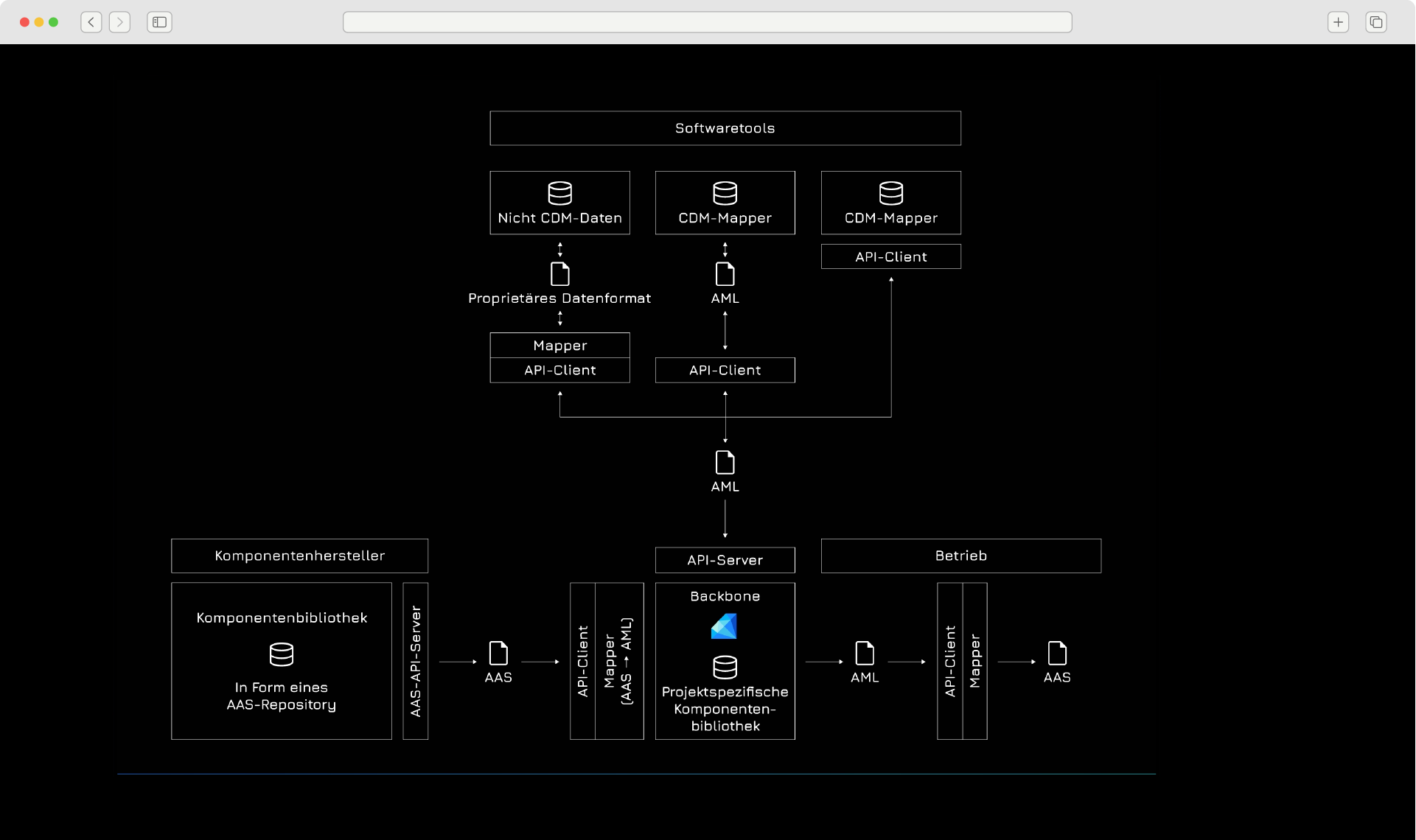
Figure 1: The use of the CDM for data exchange
Features such as live updates, collaborative project planning, distribution of roles and
rights, and the use of project templates with real-time feedback are all based directly
on CDM principles. This makes the tool technologically powerful and ensures it is
interoperable, scalable and compatible with existing systems. It can also be seamlessly
integrated into various business processes and industry-specific standards.
Standardisation meets flexibility
Thanks to the prototype implementation, it will be possible to map different process
structures using configurable project templates in the future, thereby establishing a
uniform standard across the company. Integrating the Common Data Model (CDM) will allow
projects to be efficiently derived from existing templates while also enabling them to
be flexibly adapted to specific requirements.
A separate expert is responsible for creating project templates. By actively seeking
feedback from users and evaluating how the quanta are used, this expert can adapt the
project templates. This enables the templates to be iterated continuously, ensuring
maximum benefit is derived from them.
Targeted rights assignment for efficient collaboration
Company-wide use requires the involvement of different types of users. For example, both
project managers and subject matter experts will use the Diamond platform. To ensure
clear responsibility structures, separate permissions for handling projects and project
content are assigned to each user type. At a micro level, individual subject matter
experts are assigned specific quanta with corresponding editing rights. This means that
the provision of data is regulated in advance and can be customised for individual
projects.
Real-time transparent project tracking
In an ongoing project, all participants can track progress transparently. Live updates in
connection with set deadlines make it possible to clearly identify both upcoming and
overdue deadlines within a project.
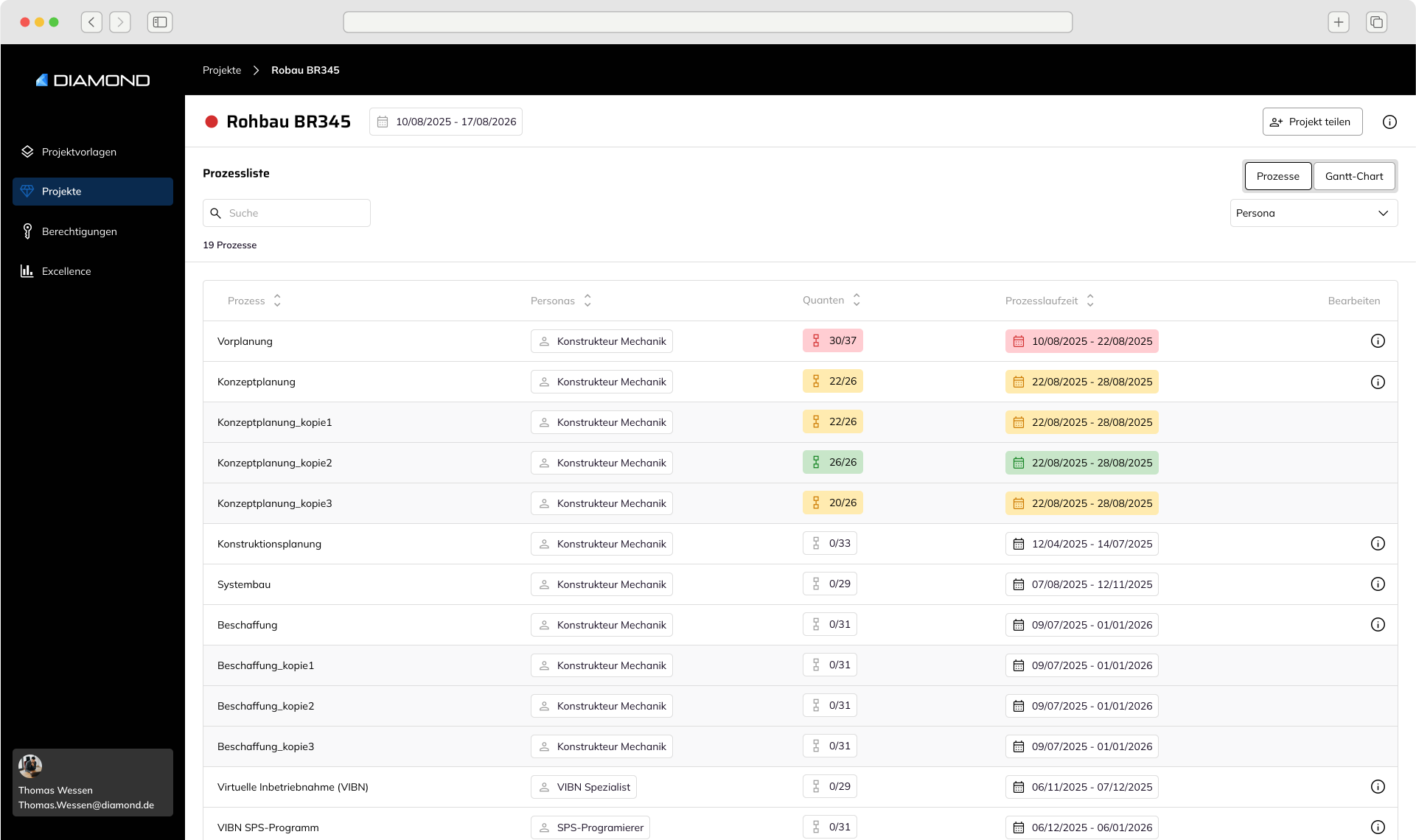
Figure 2: A transparent project cycle in the automotive industry,
based on marked process deadlines
In addition, project managers can intervene to provide information for specific processes
and consult subject matter experts on particular pieces of information. Open,
cross-hierarchical communication is essential to ensure the timely implementation of all
process steps.
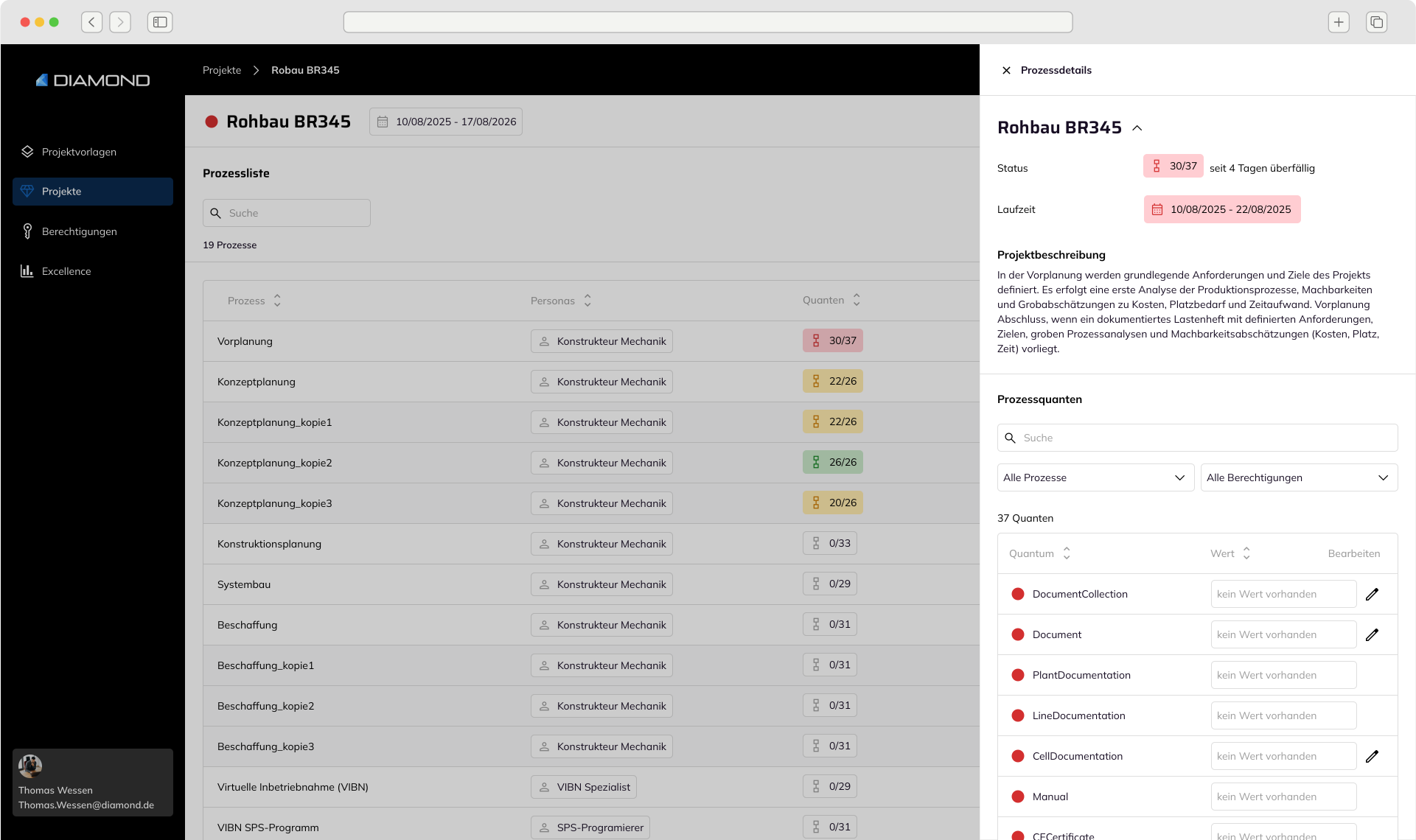
Figure 3: Process details, illustration of missing information
units with communication options
Increased efficiency through data-driven iteration
Another highlight is the targeted focus on avoiding data waste. To optimise project flow
in the long term and identify weaknesses in ongoing processes early on, the prototype
implementation offers a special dashboard for analysing data loss. Based on individually
defined KPI thresholds, even the smallest units of information in the project are
evaluated. The results are displayed in both a process mining view and tabular form,
clearly showing where the flow of information is stalling and where adjustments are
needed.
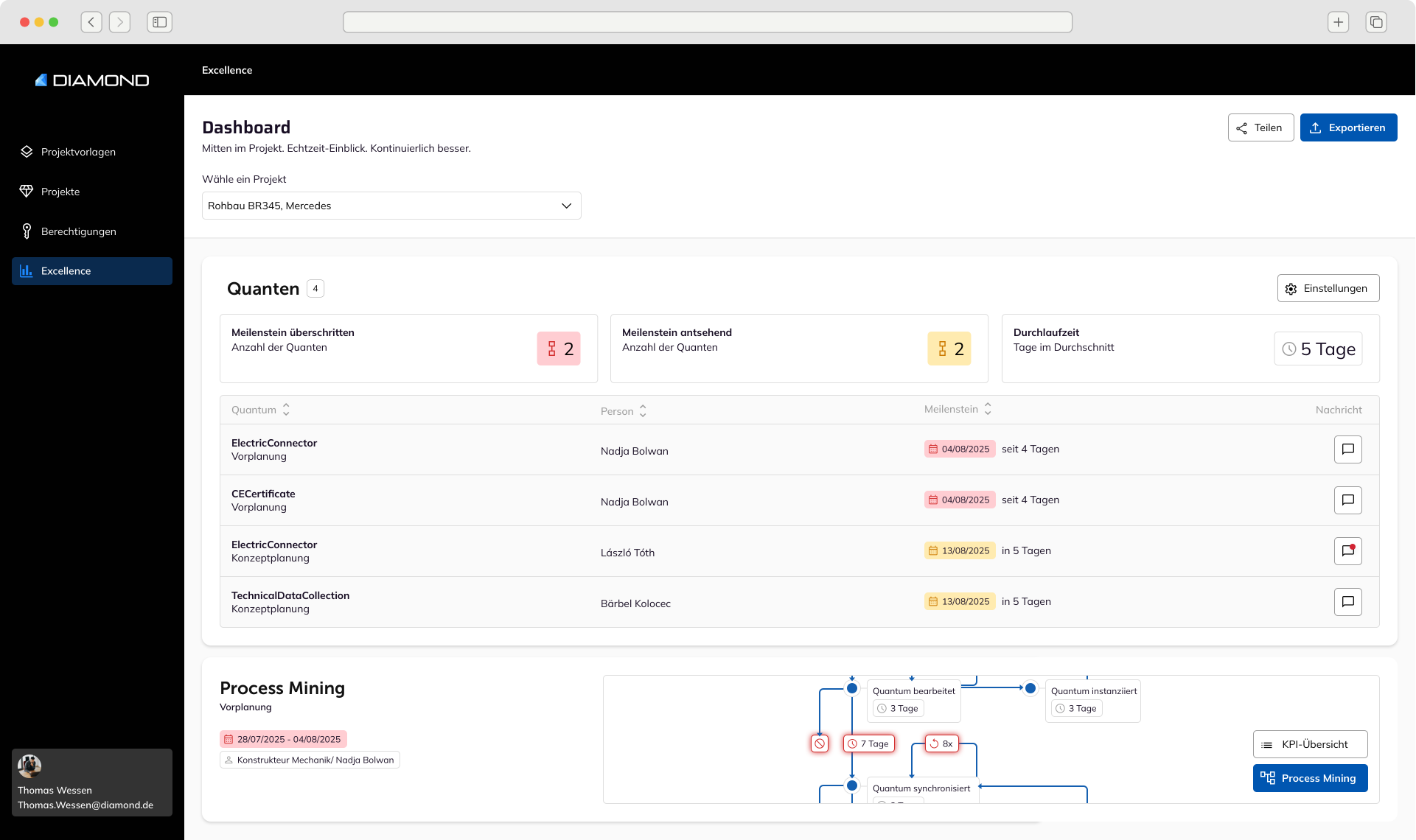
Figure 4: A dashboard focusing on compliance with deadlines and
reducing data waste
Conclusion and outlook: The future of the diamond industry
The positive response from industry and the research community to the added value of the
Common Data Model, as well as the growing need among many companies to shorten
engineering cycles and improve production efficiency, highlight the widespread interest
in and demand for the Diamond research project's solution approach.
A public closing event will be held in autumn 2025, at which the current progress and
results will be presented. The event will also provide an opportunity to gather specific
feedback on the existing concept.
The aim is to evaluate the Diamond platform concept, develop it continuously with the
help of expert and user feedback, and thus create a sustainable digital product. Embark
on a journey towards greater production efficiency!

